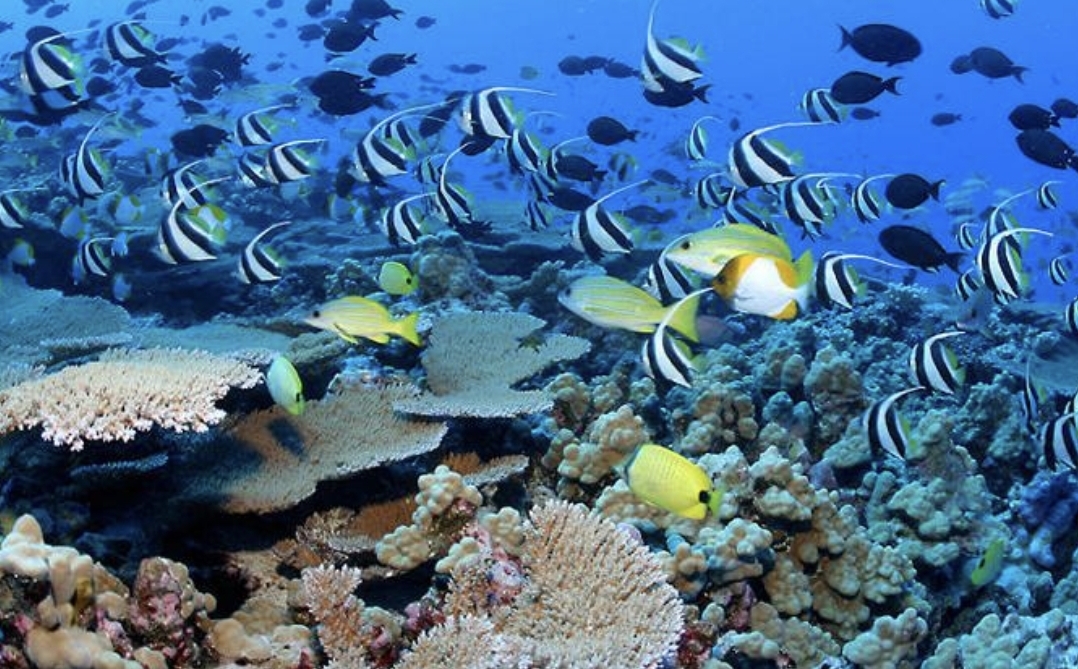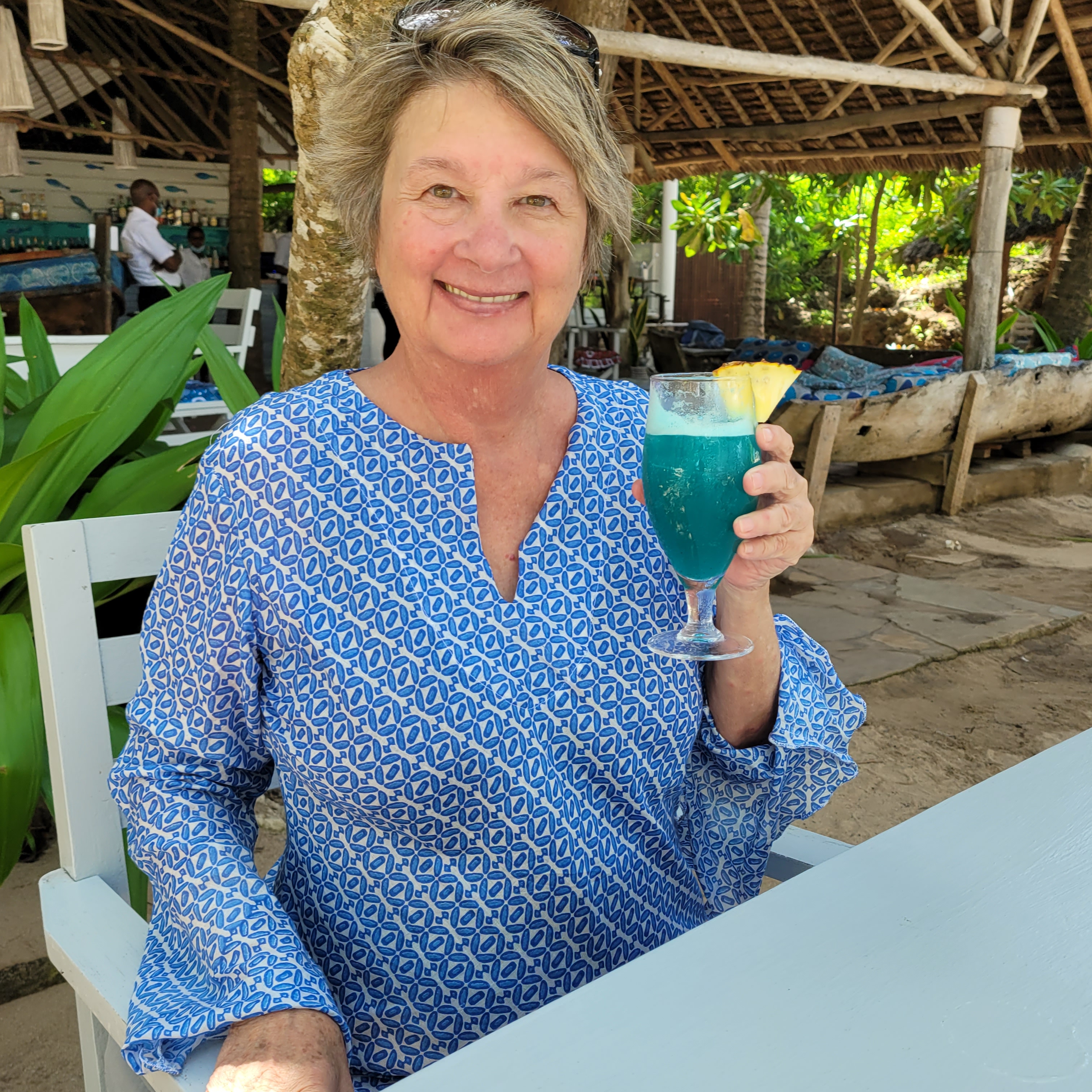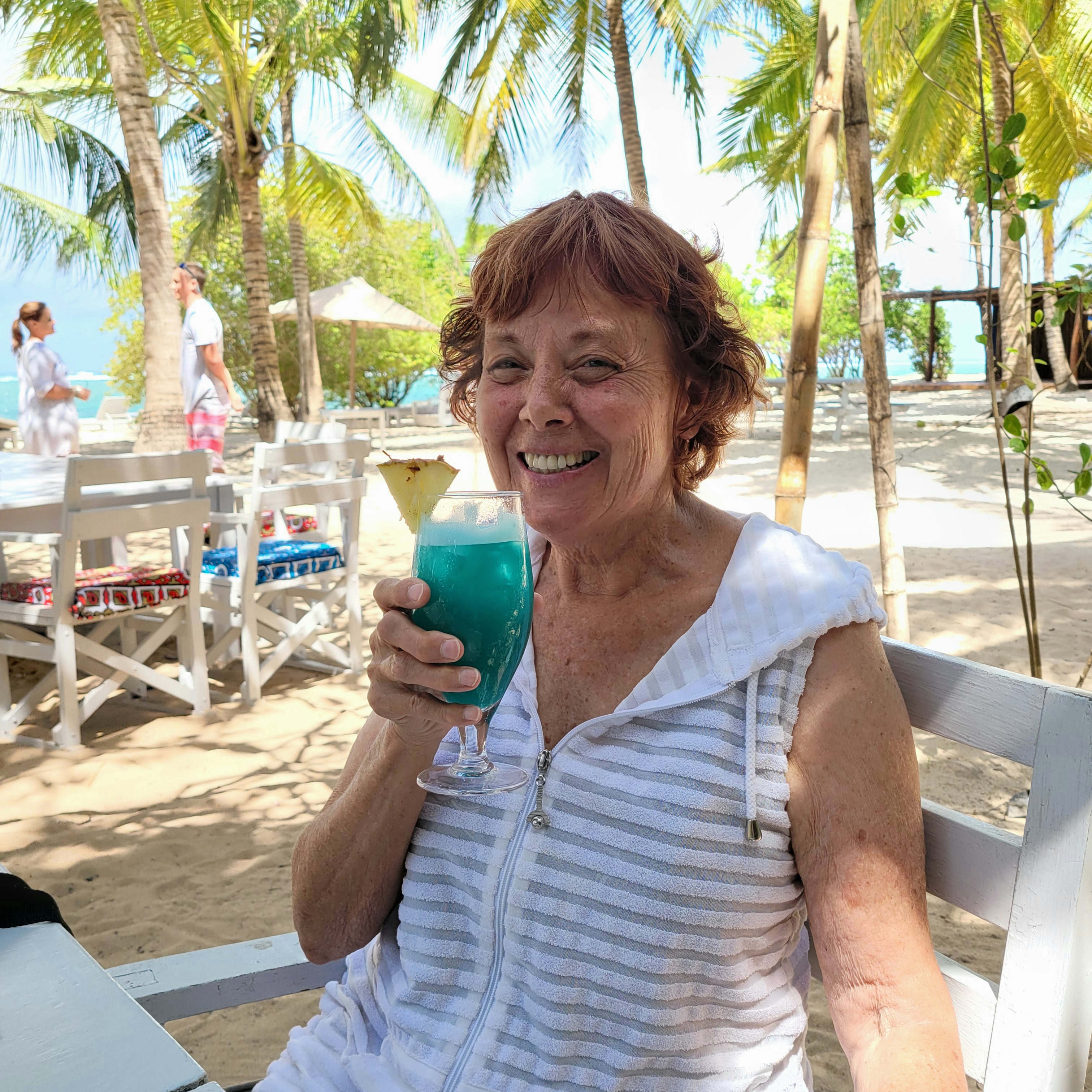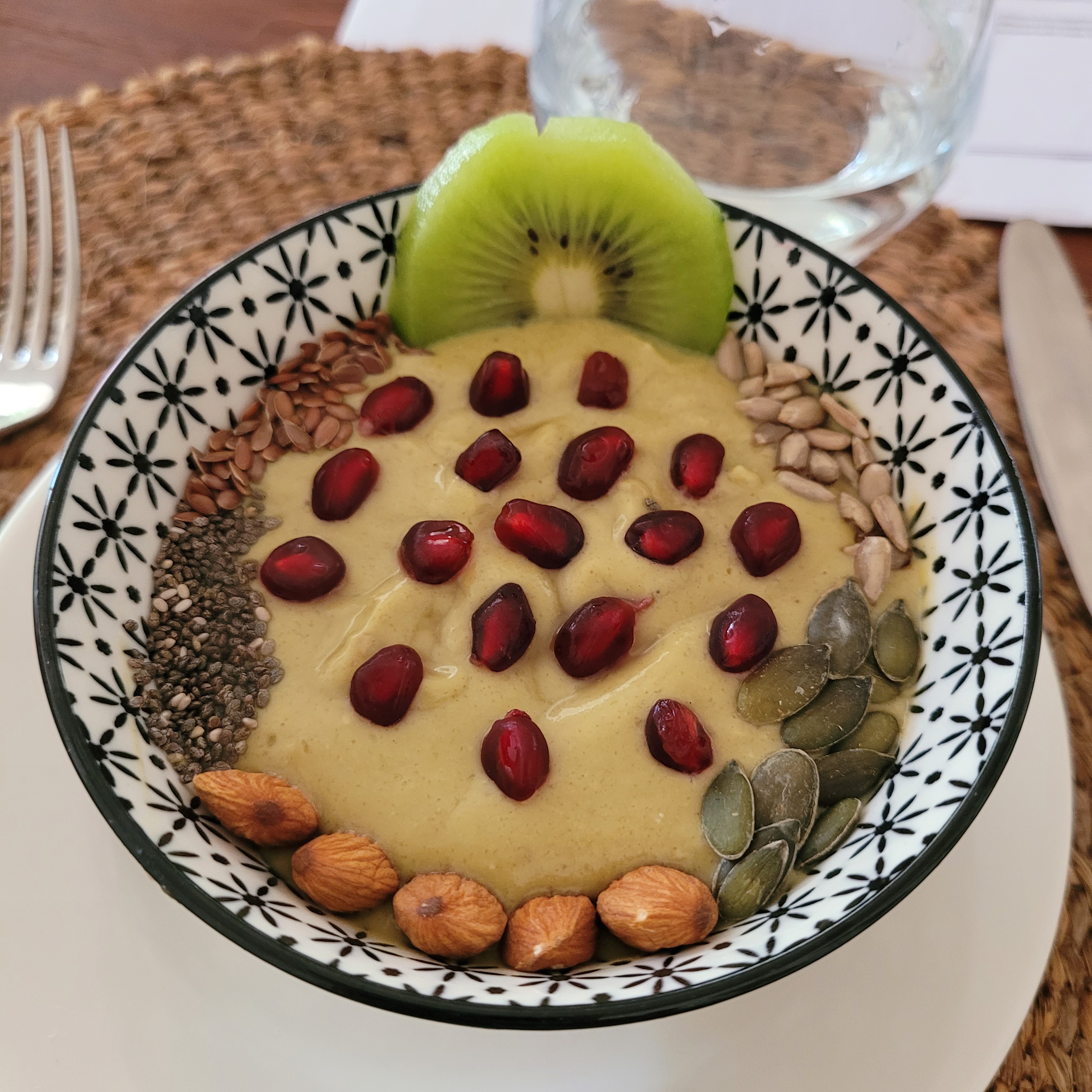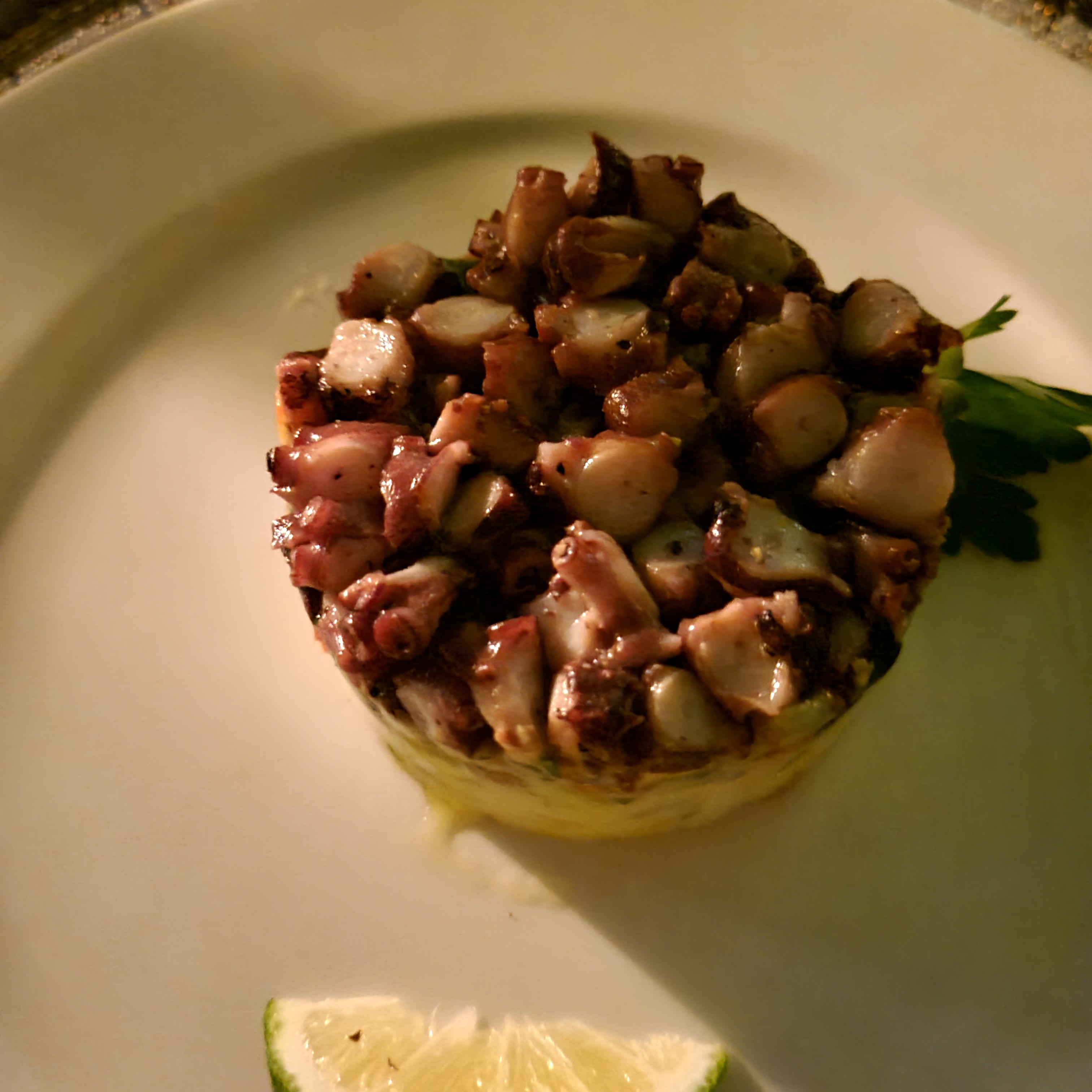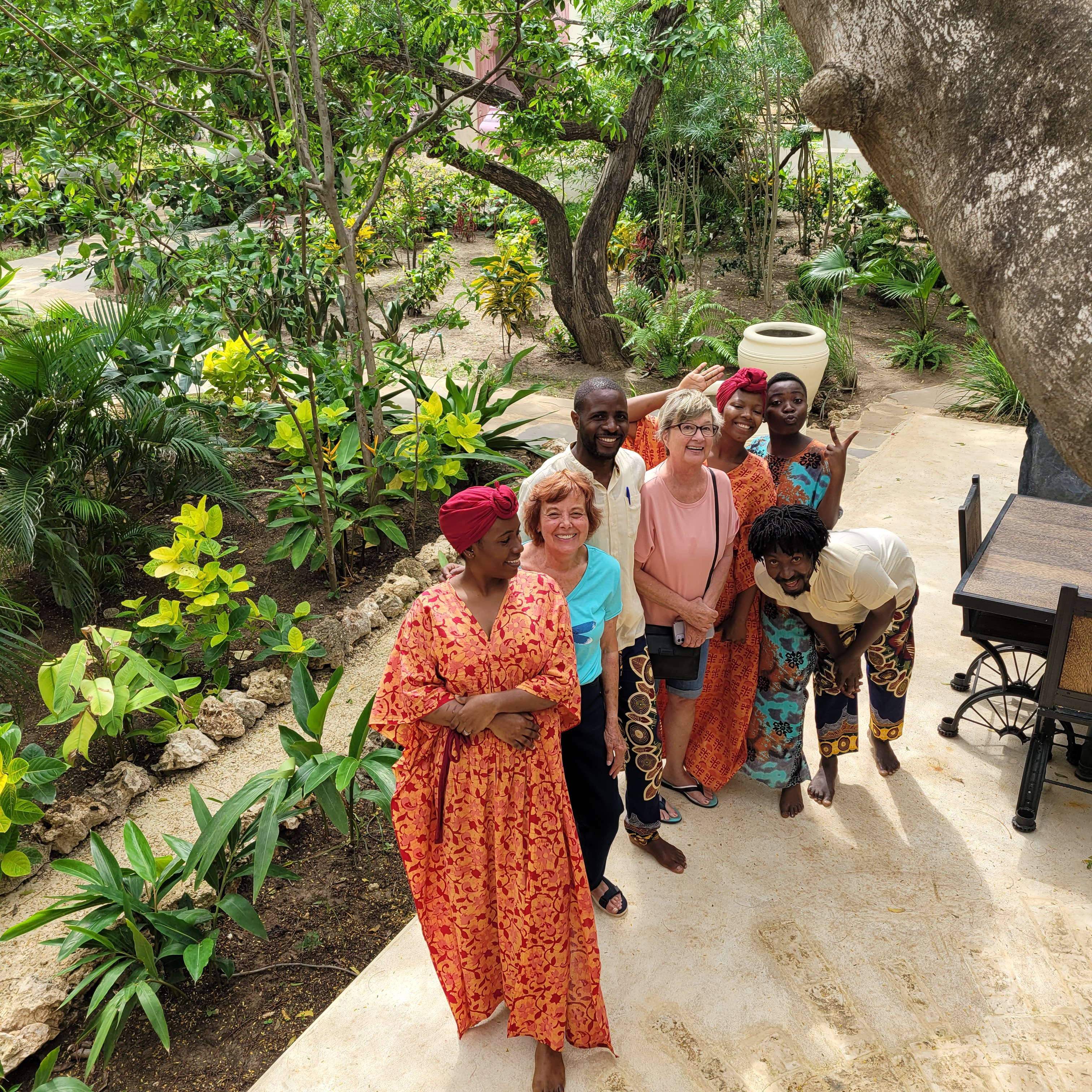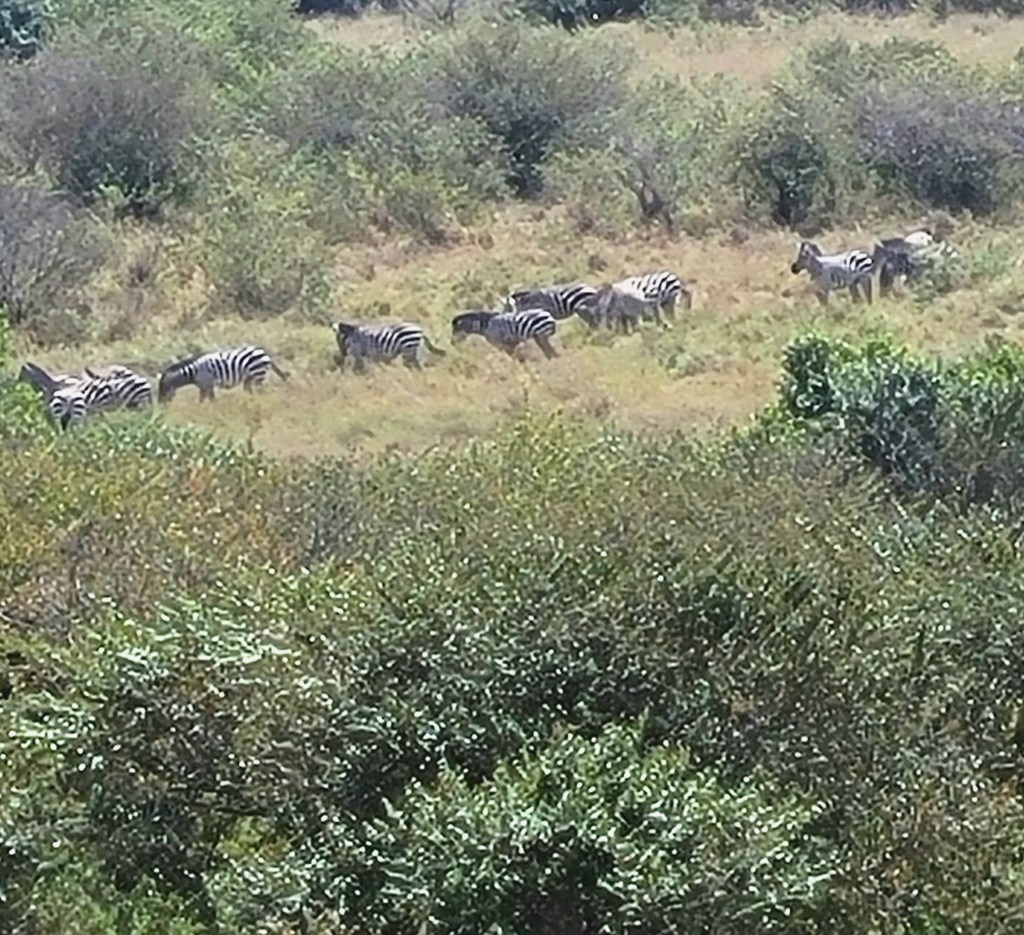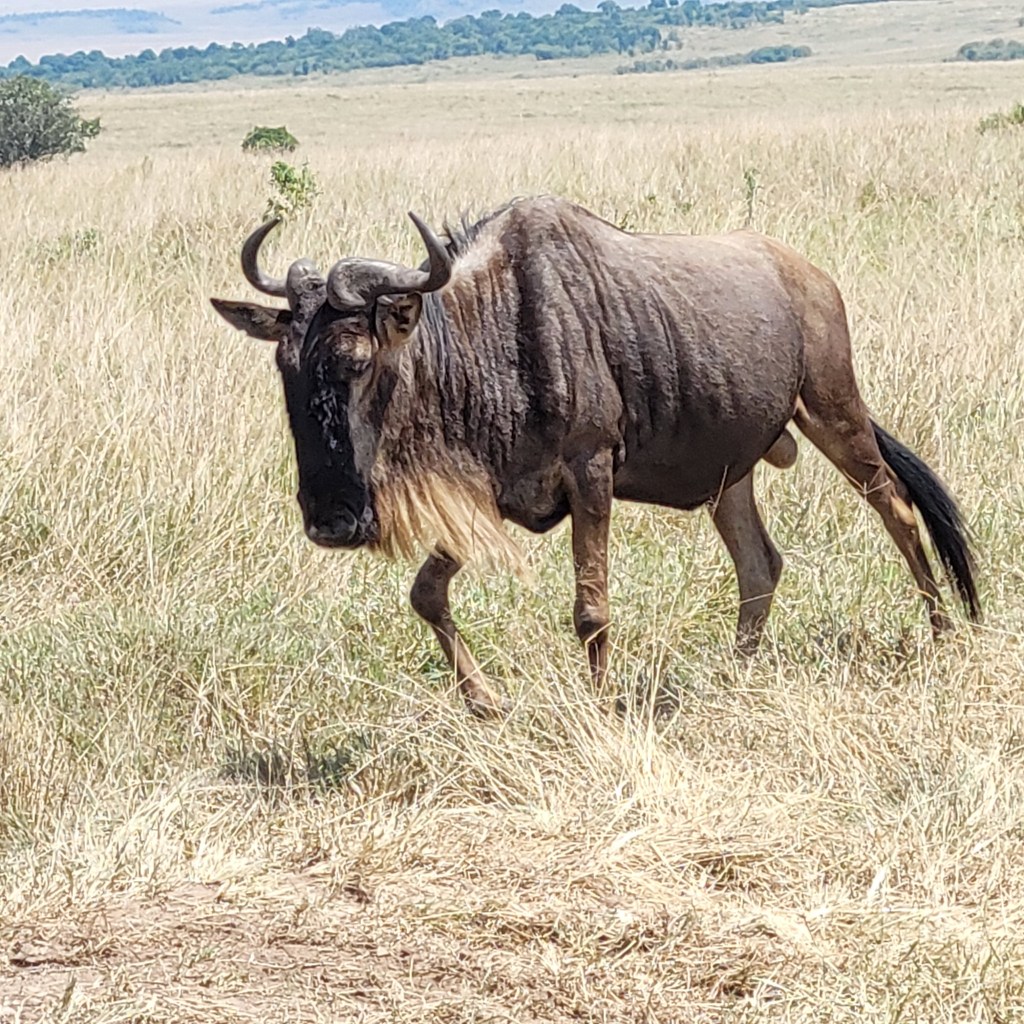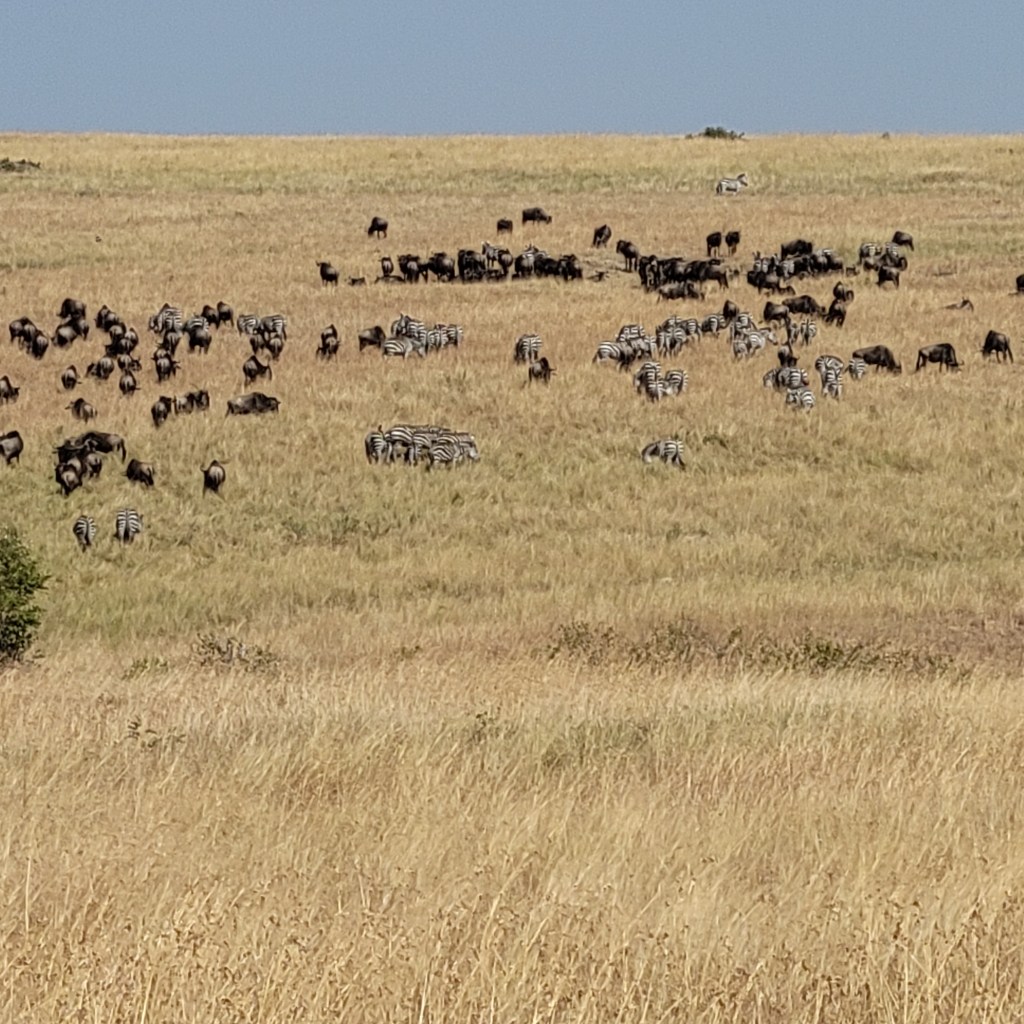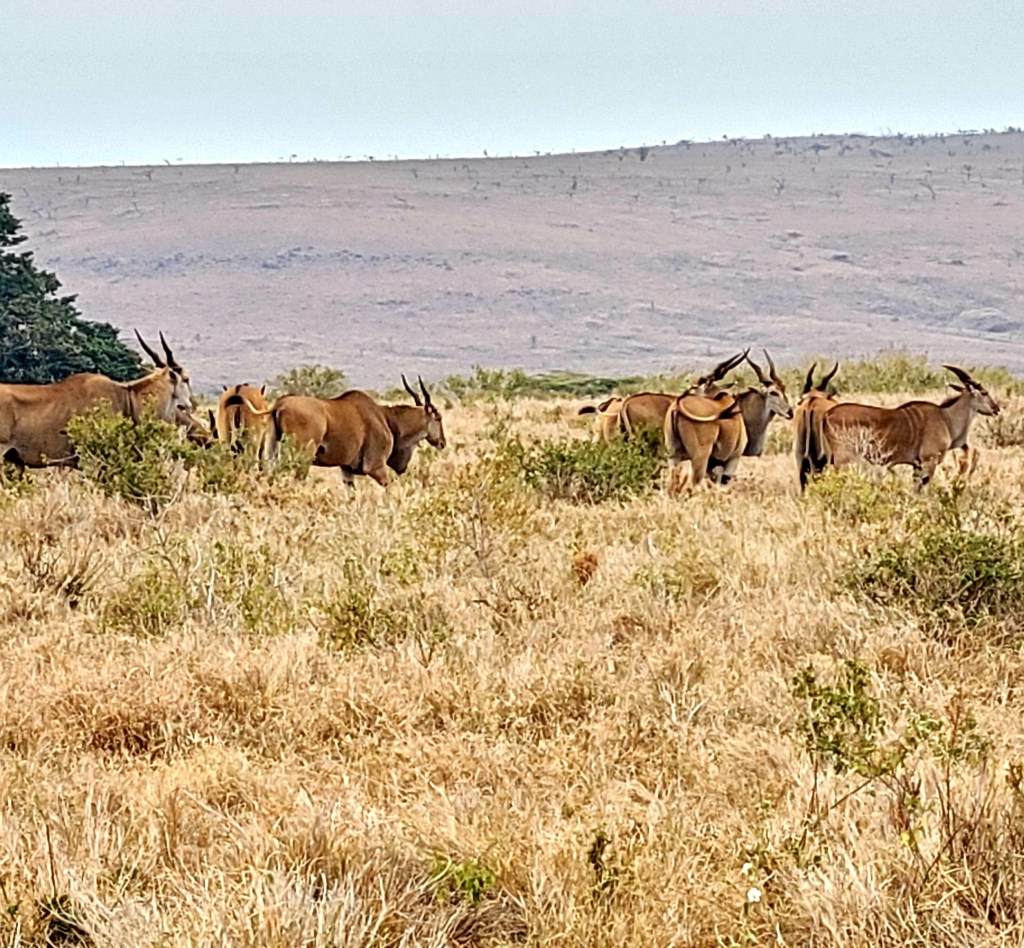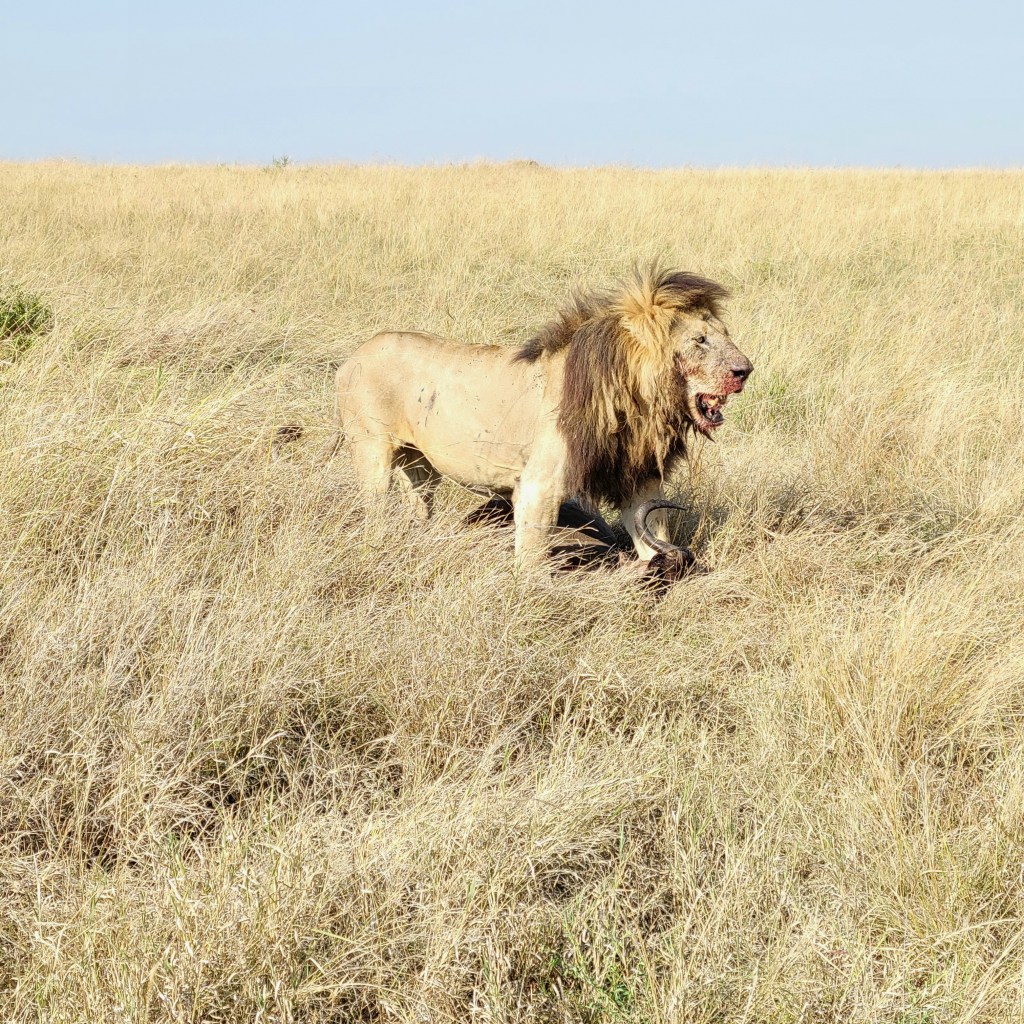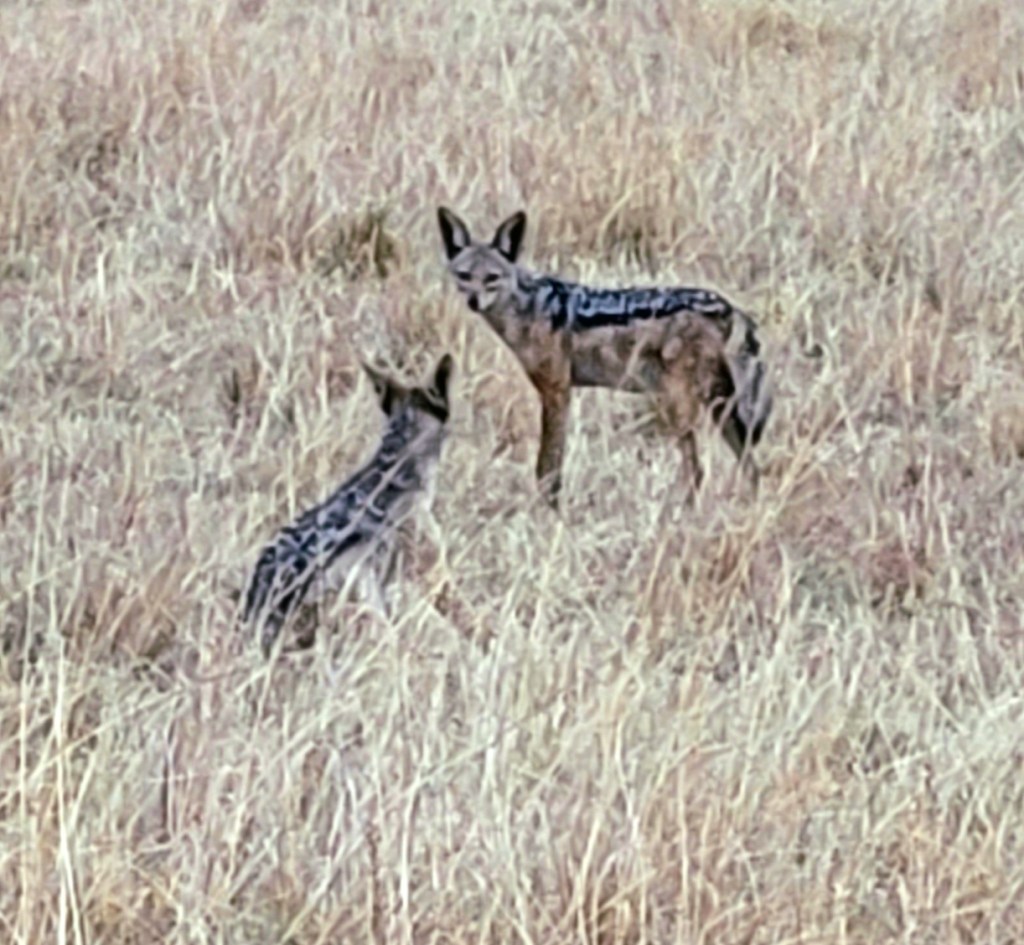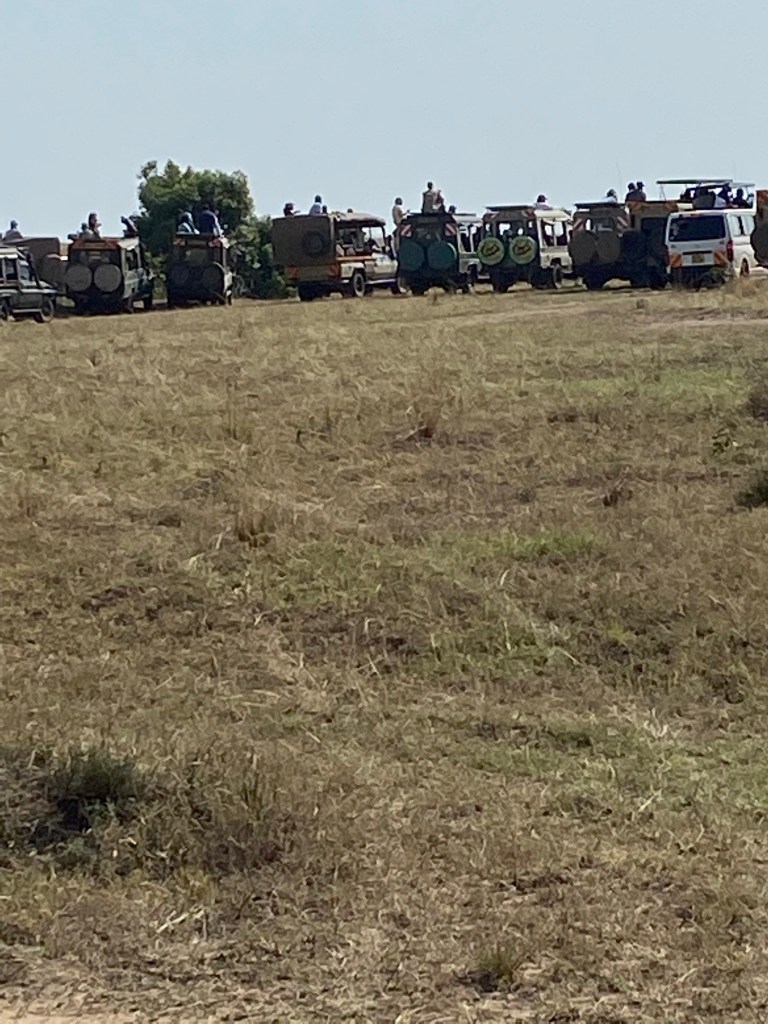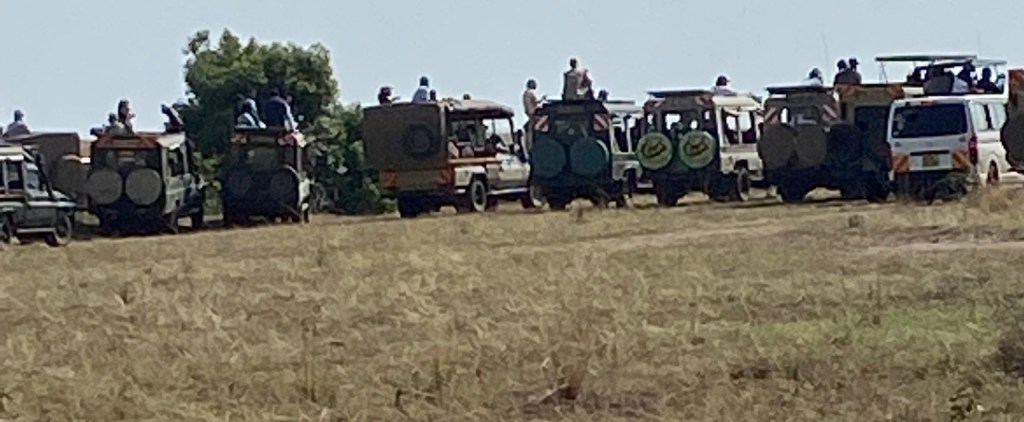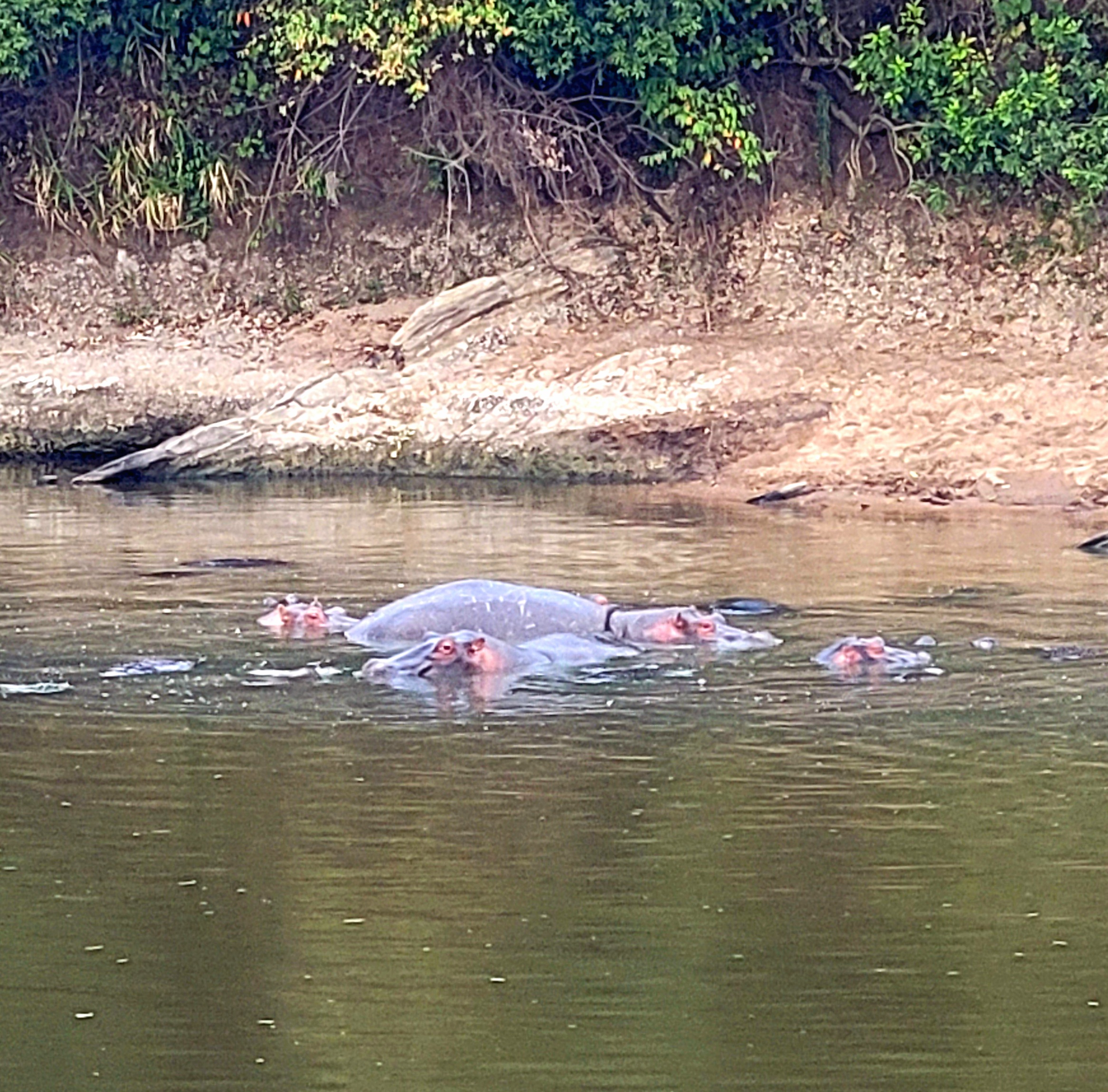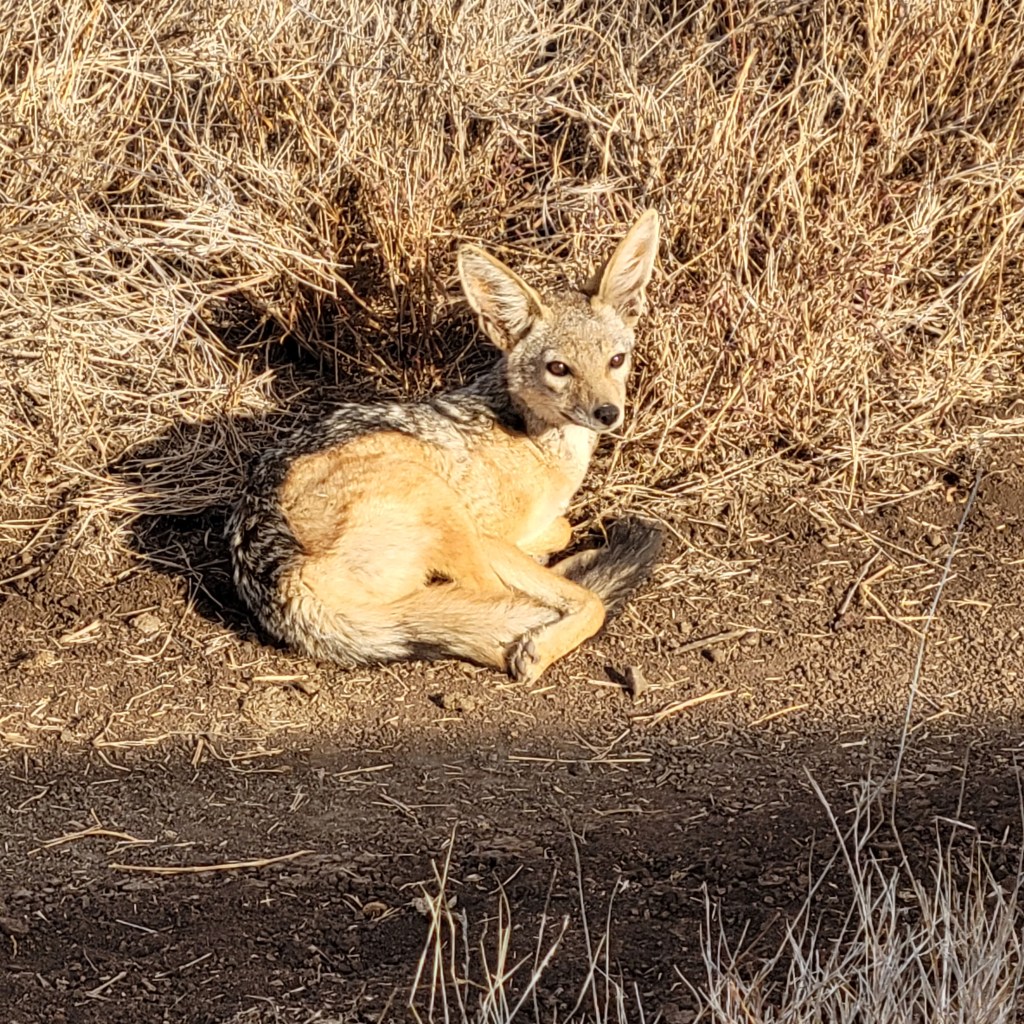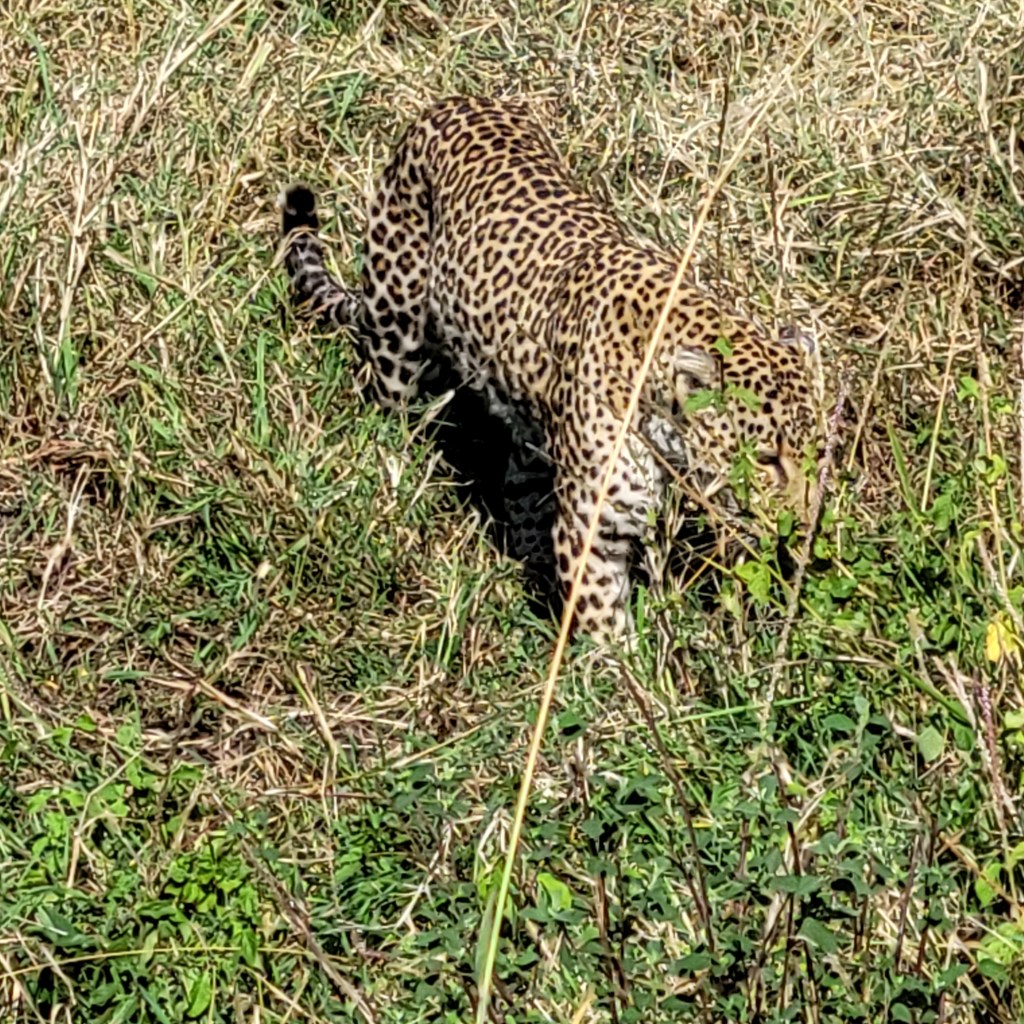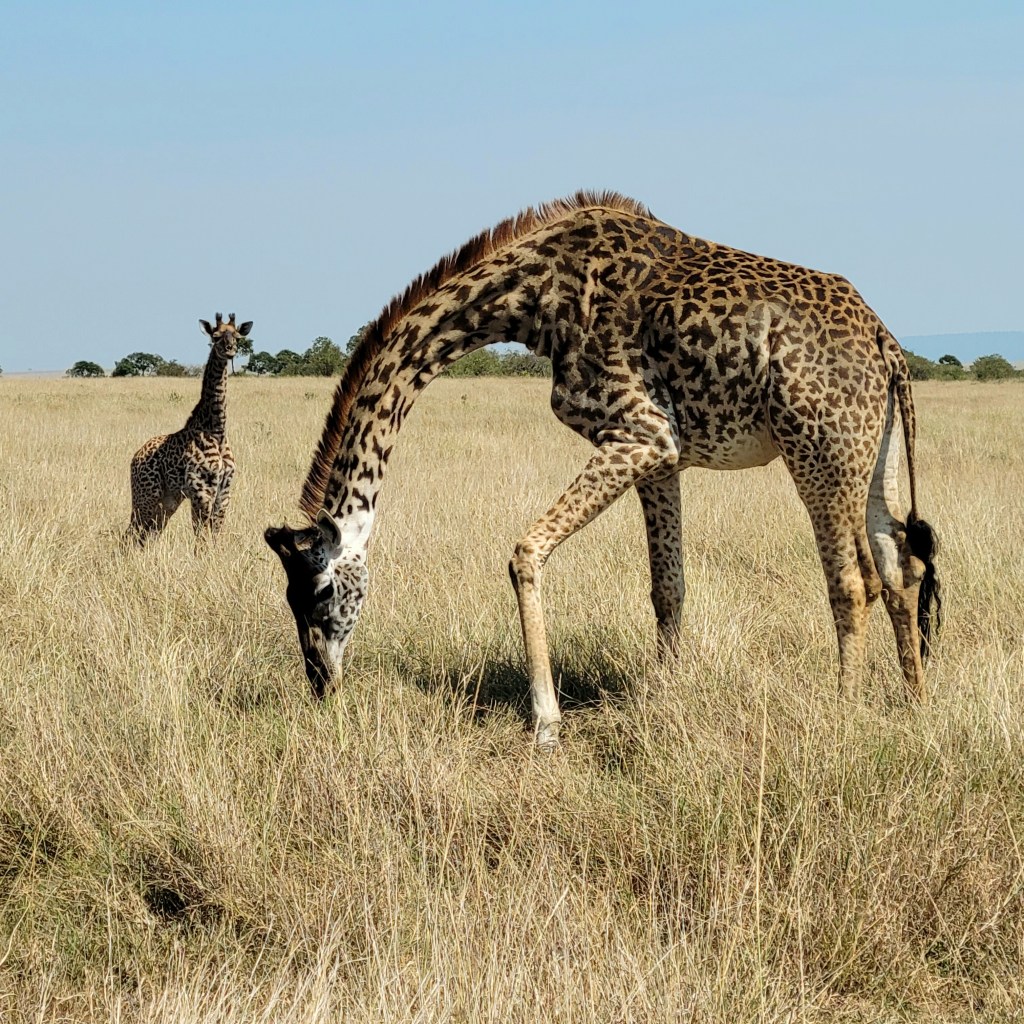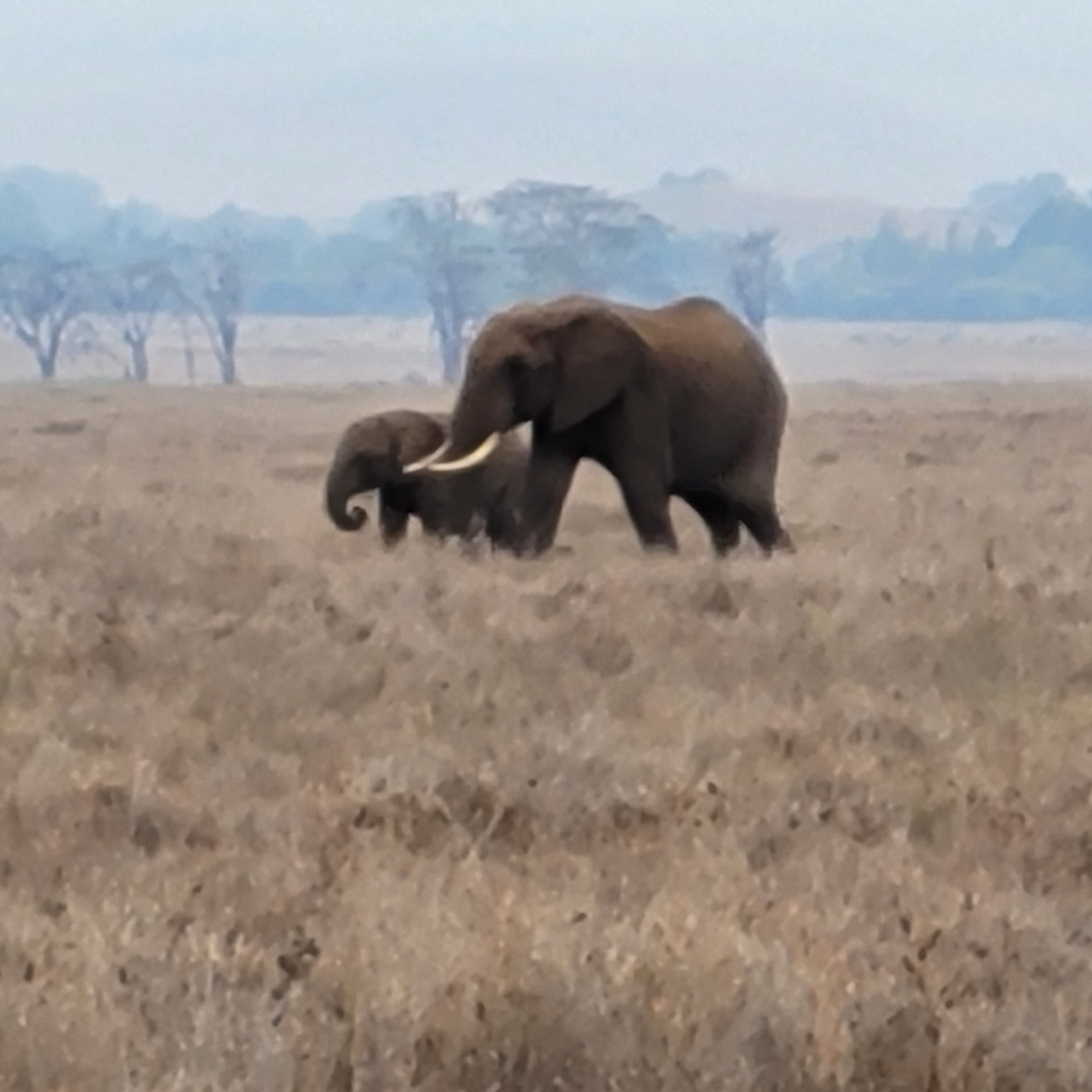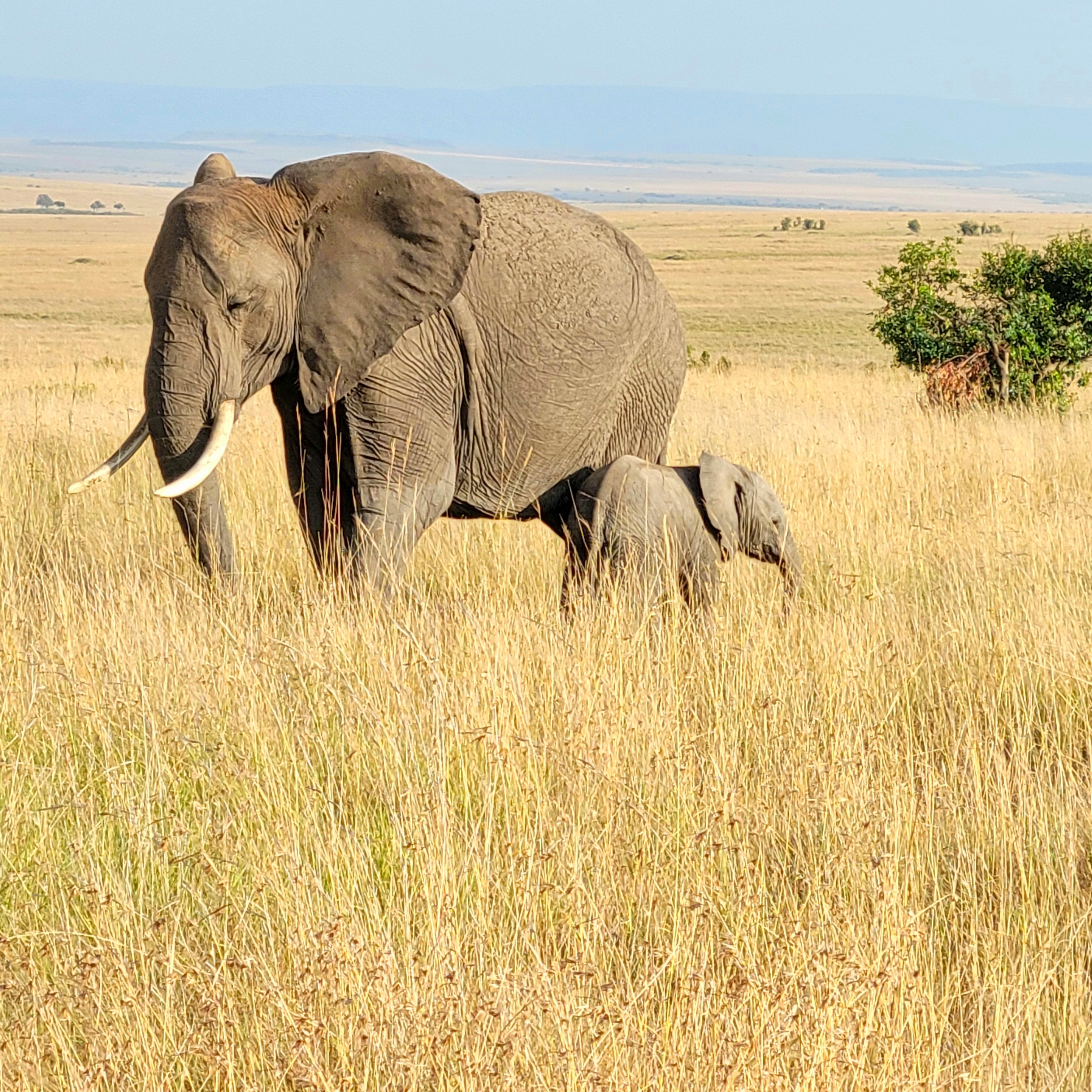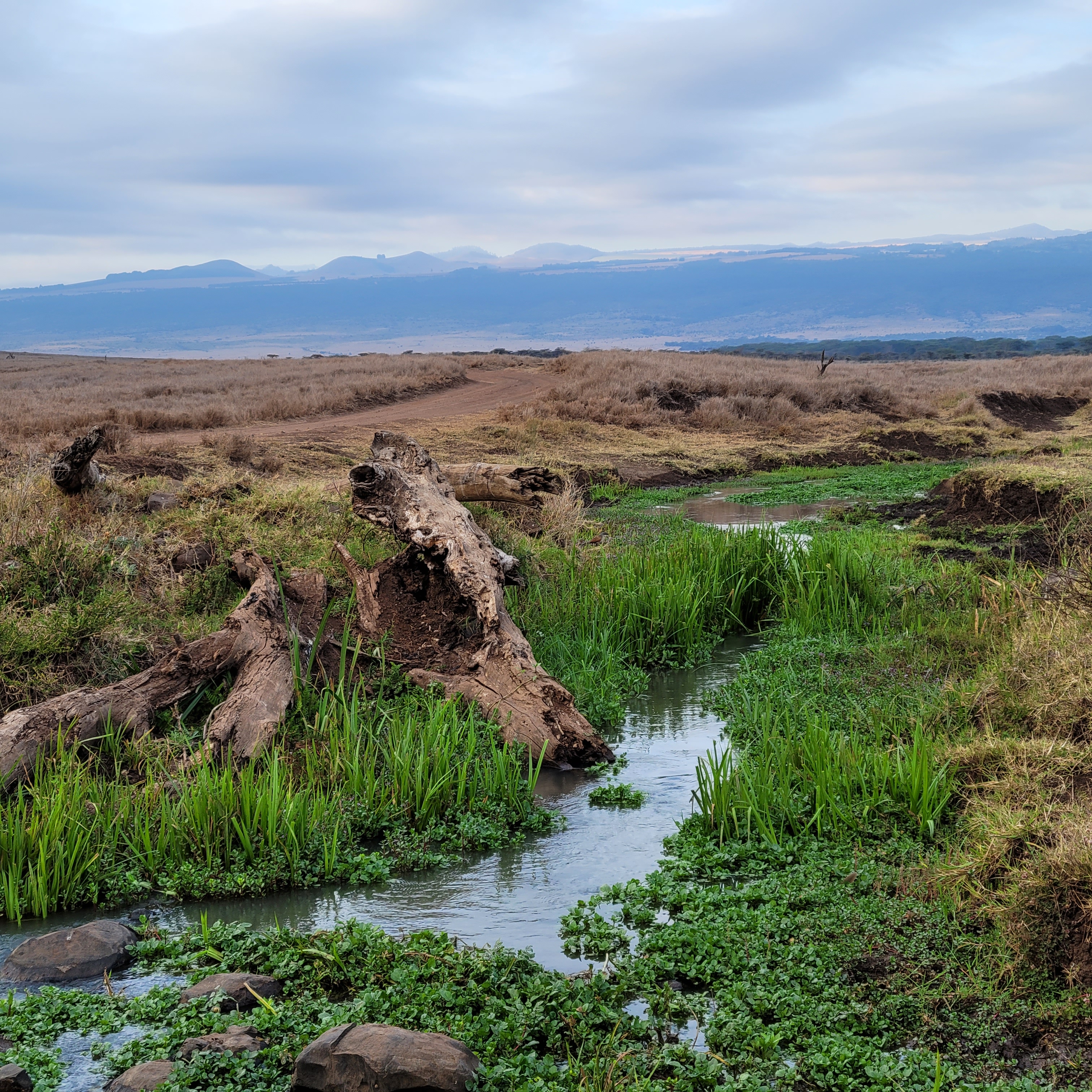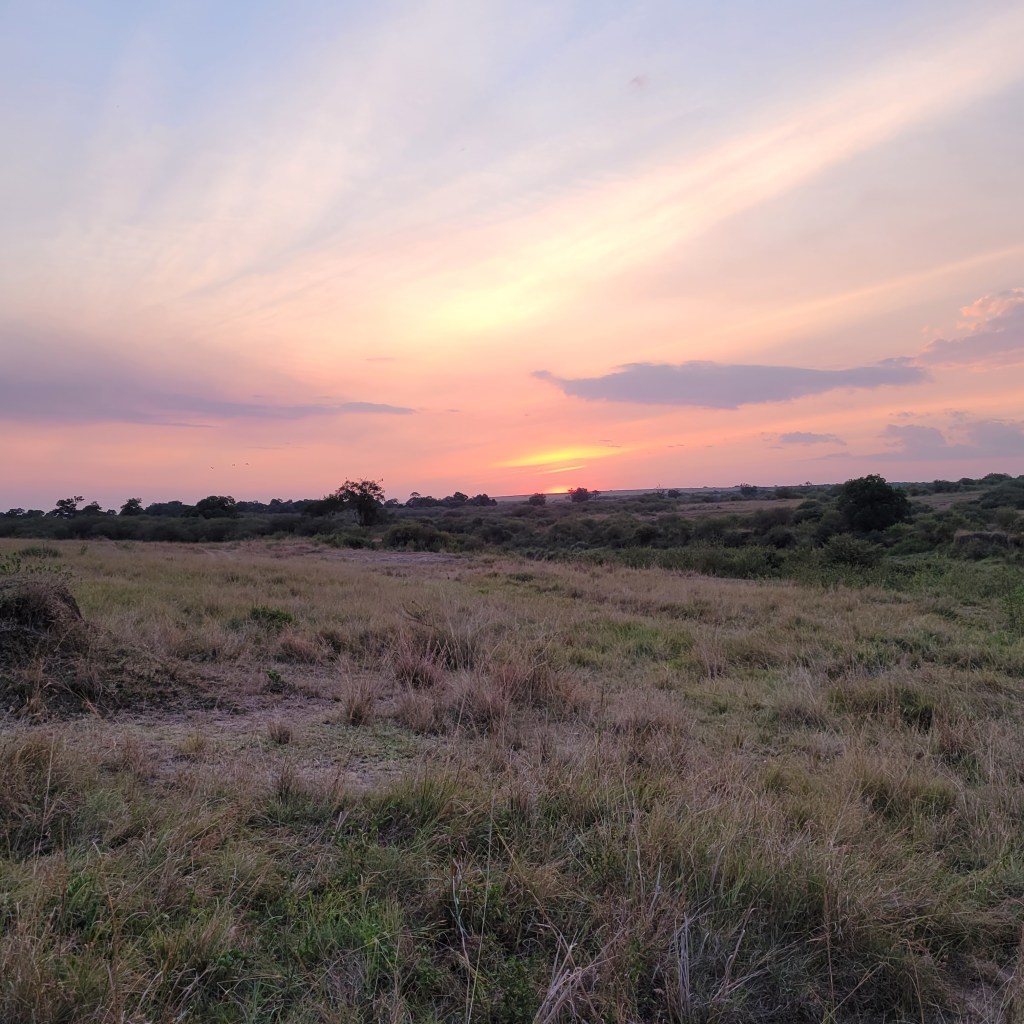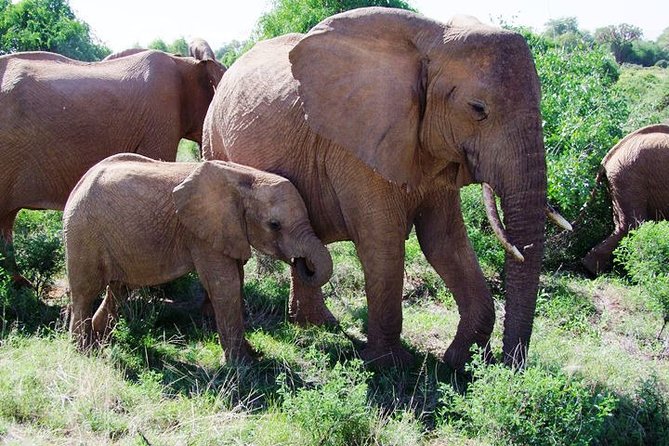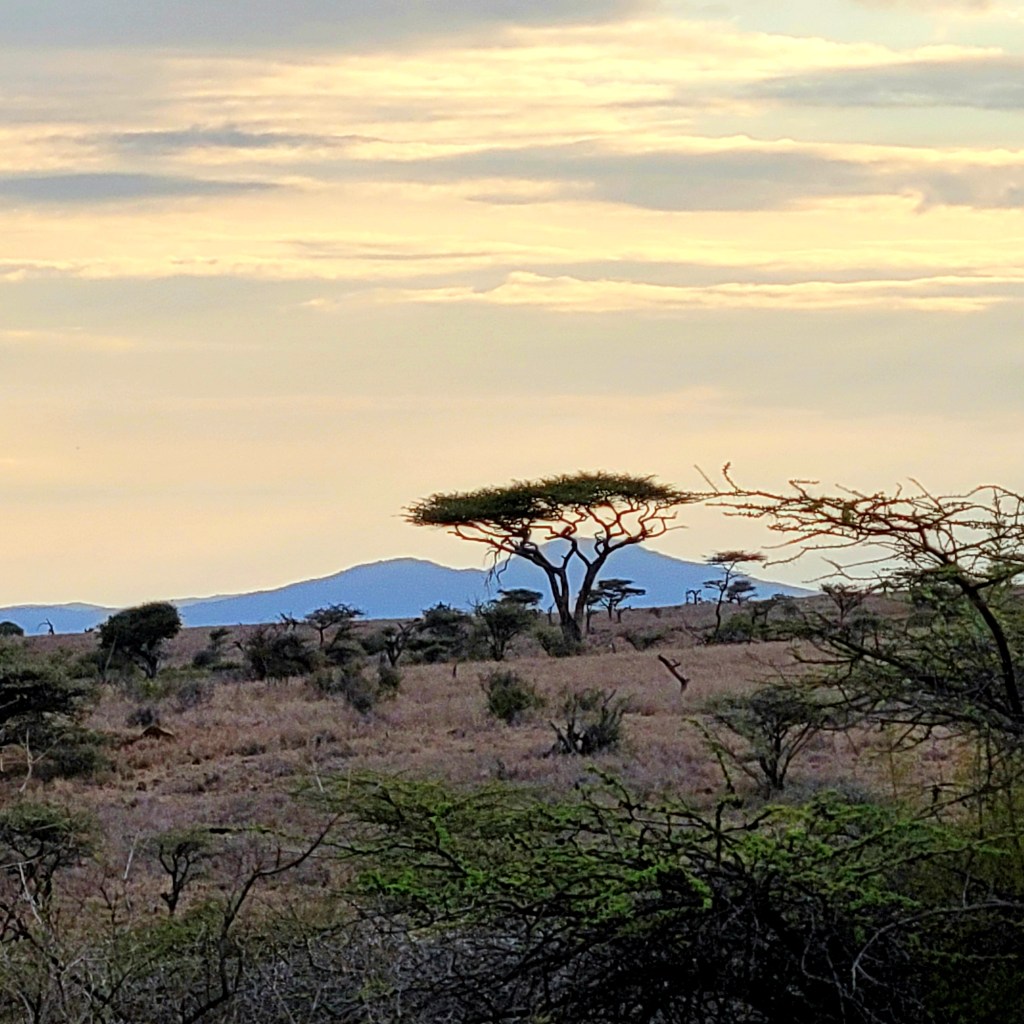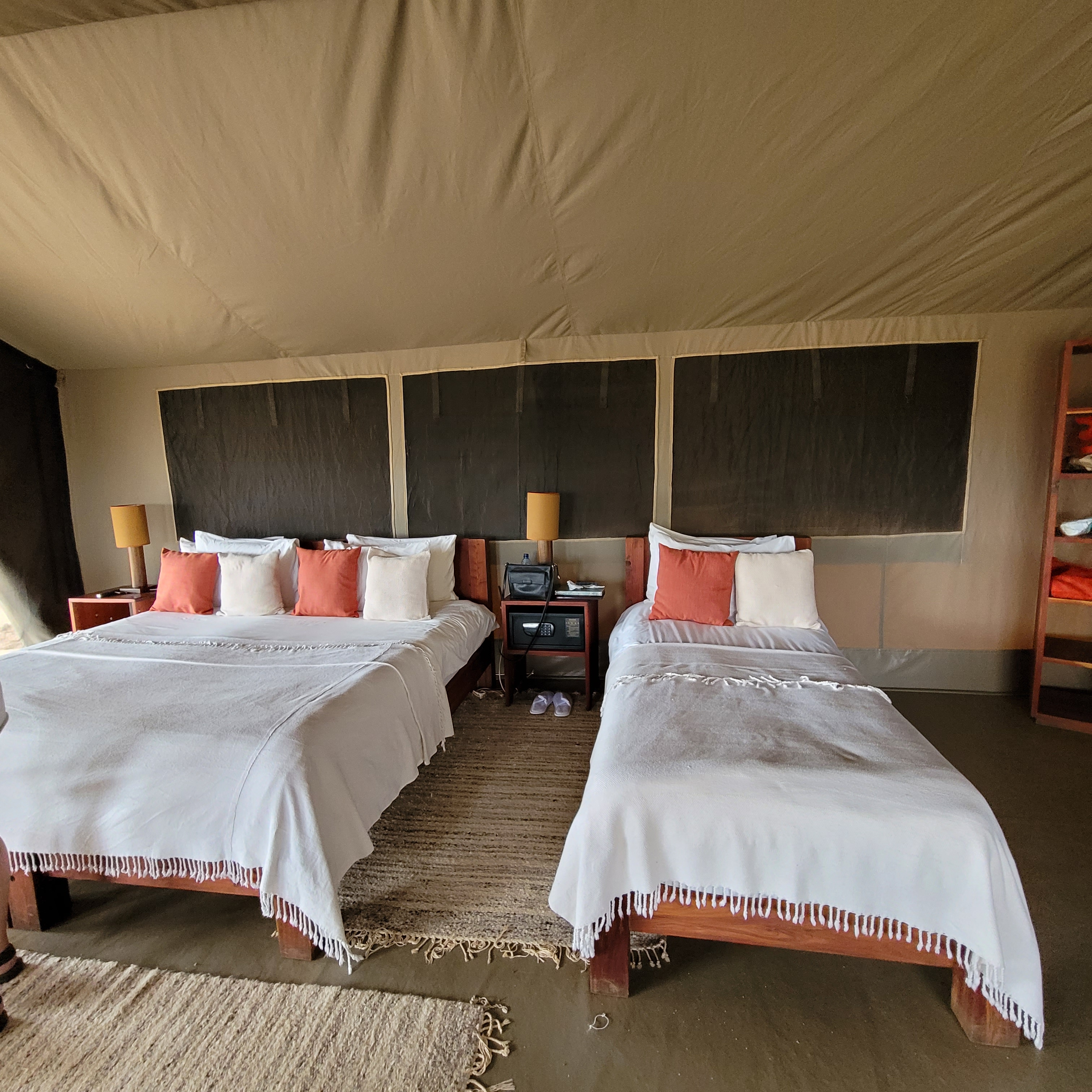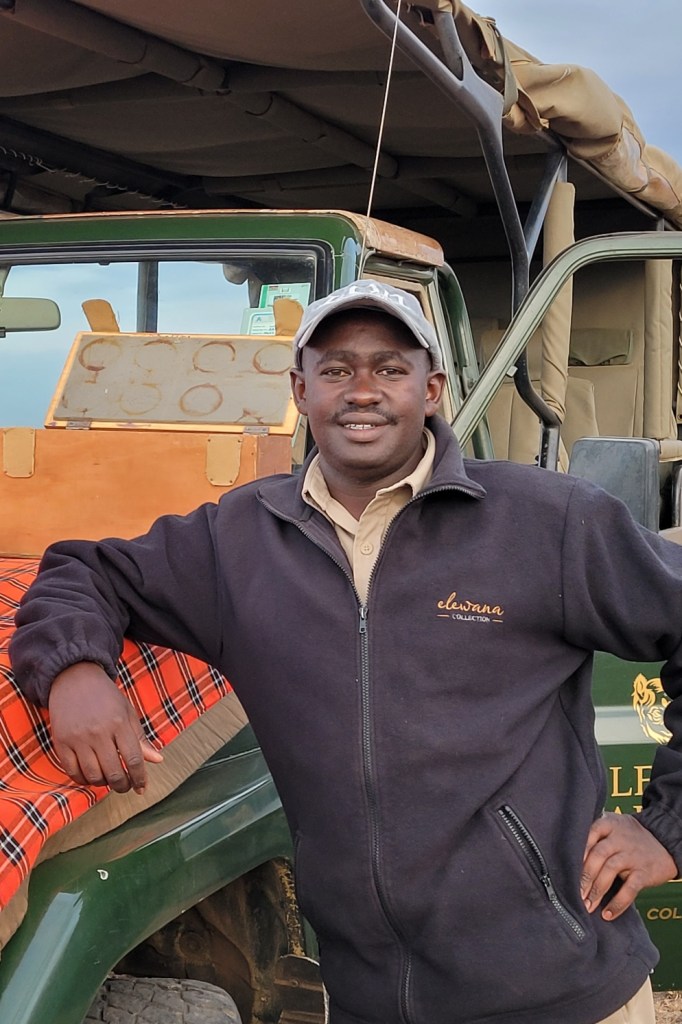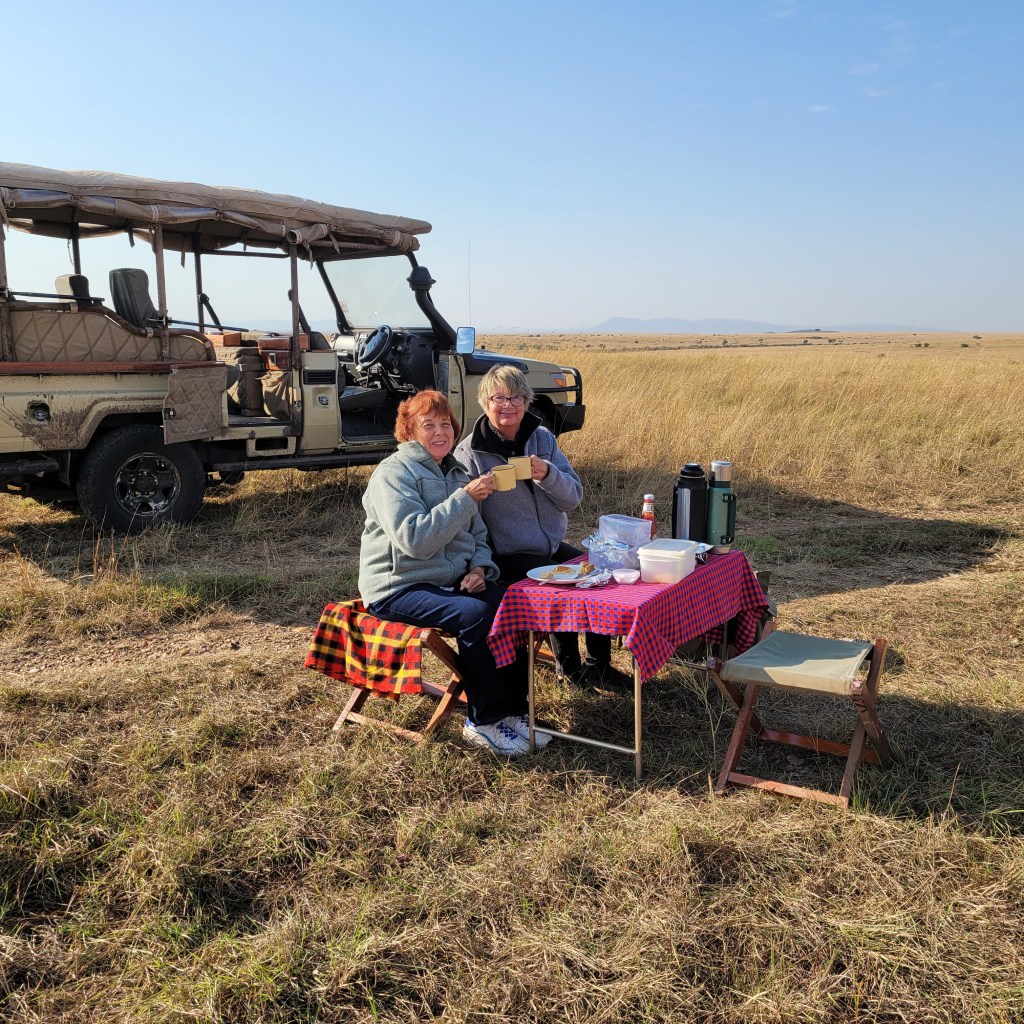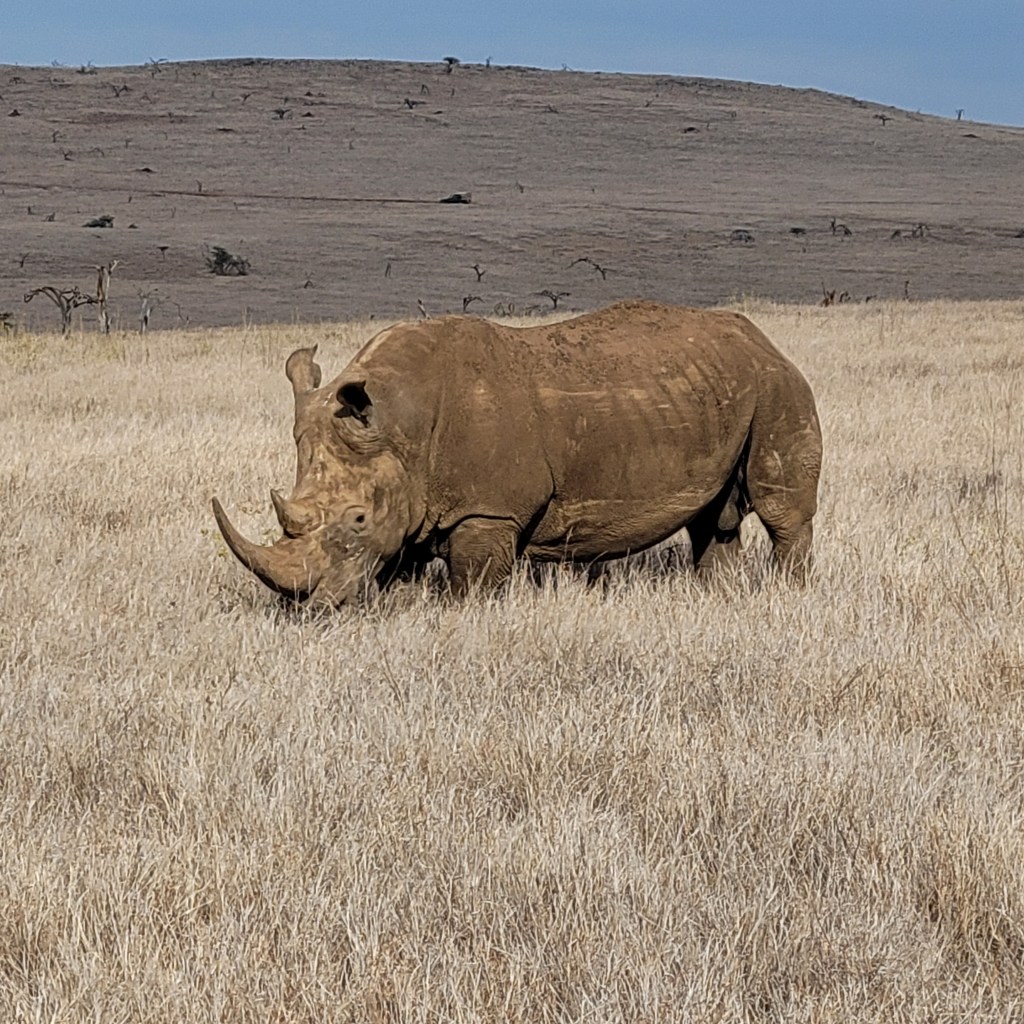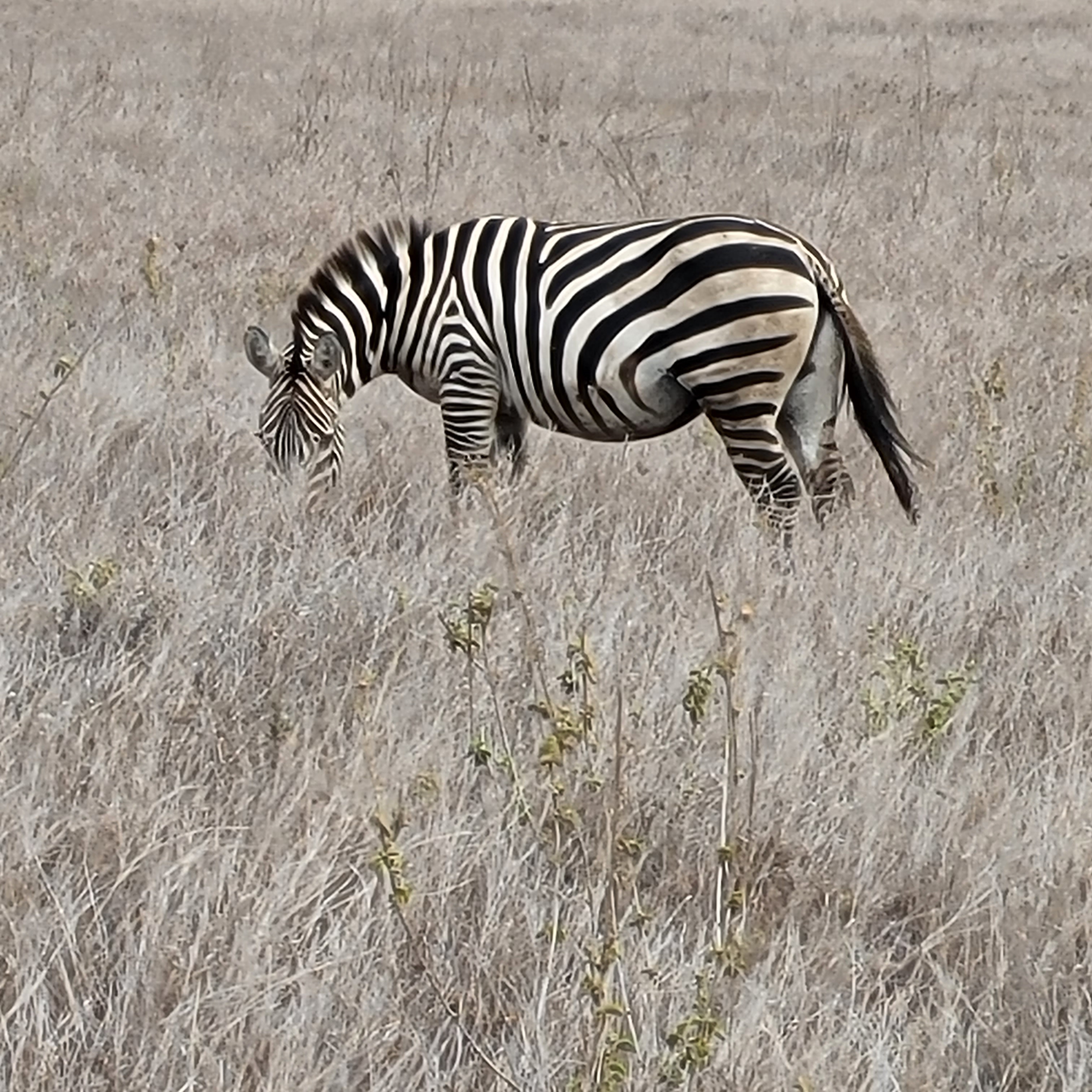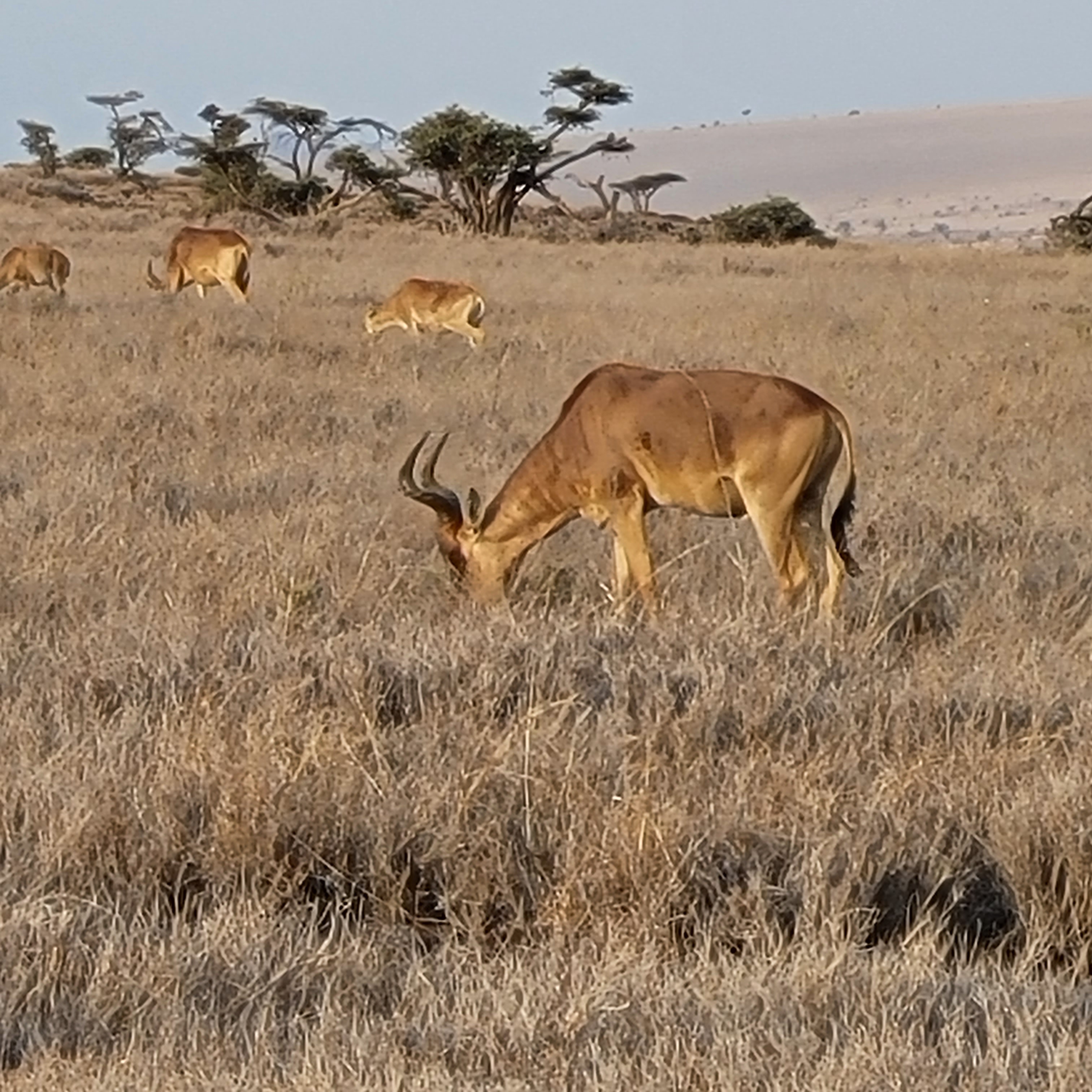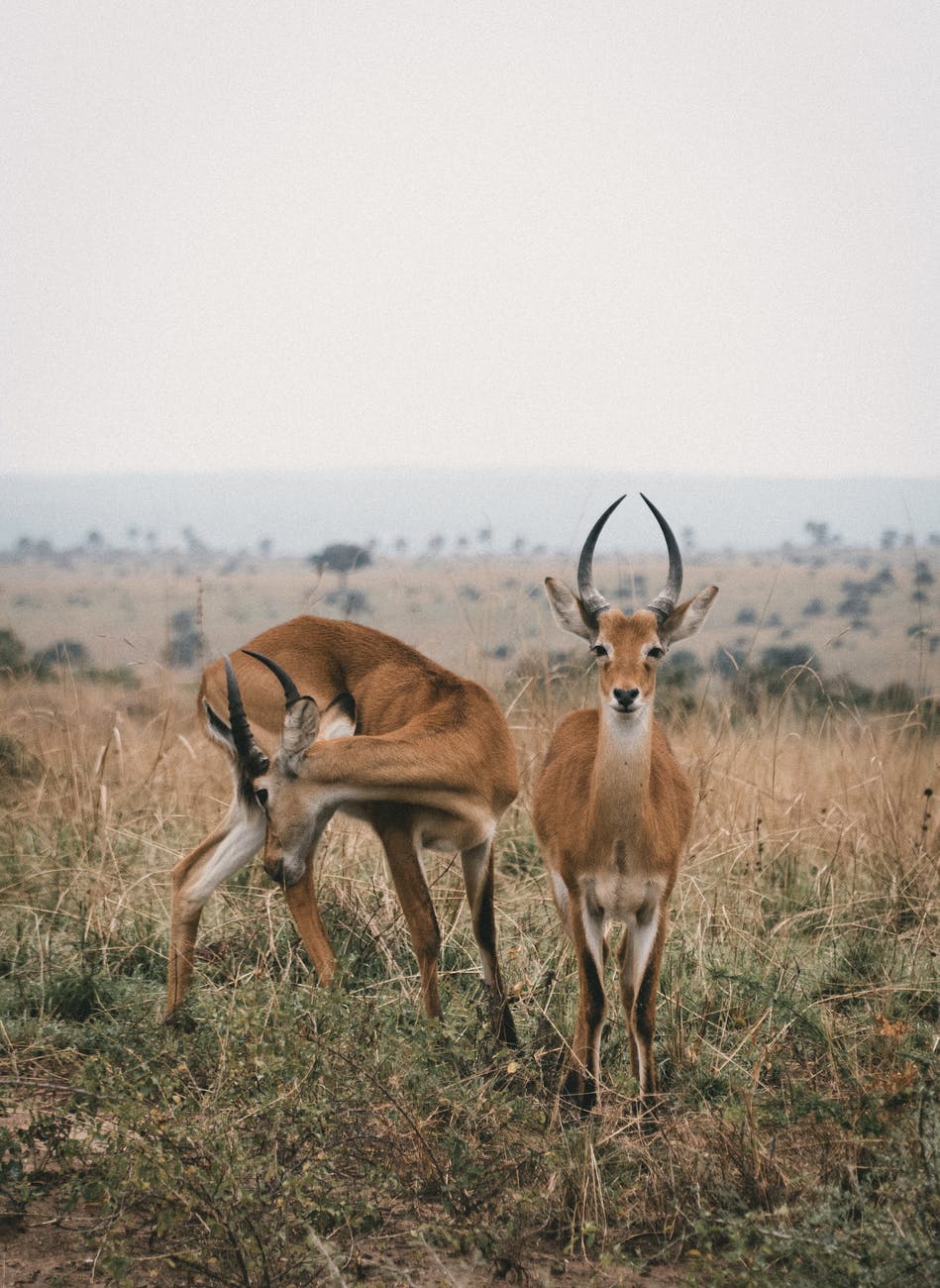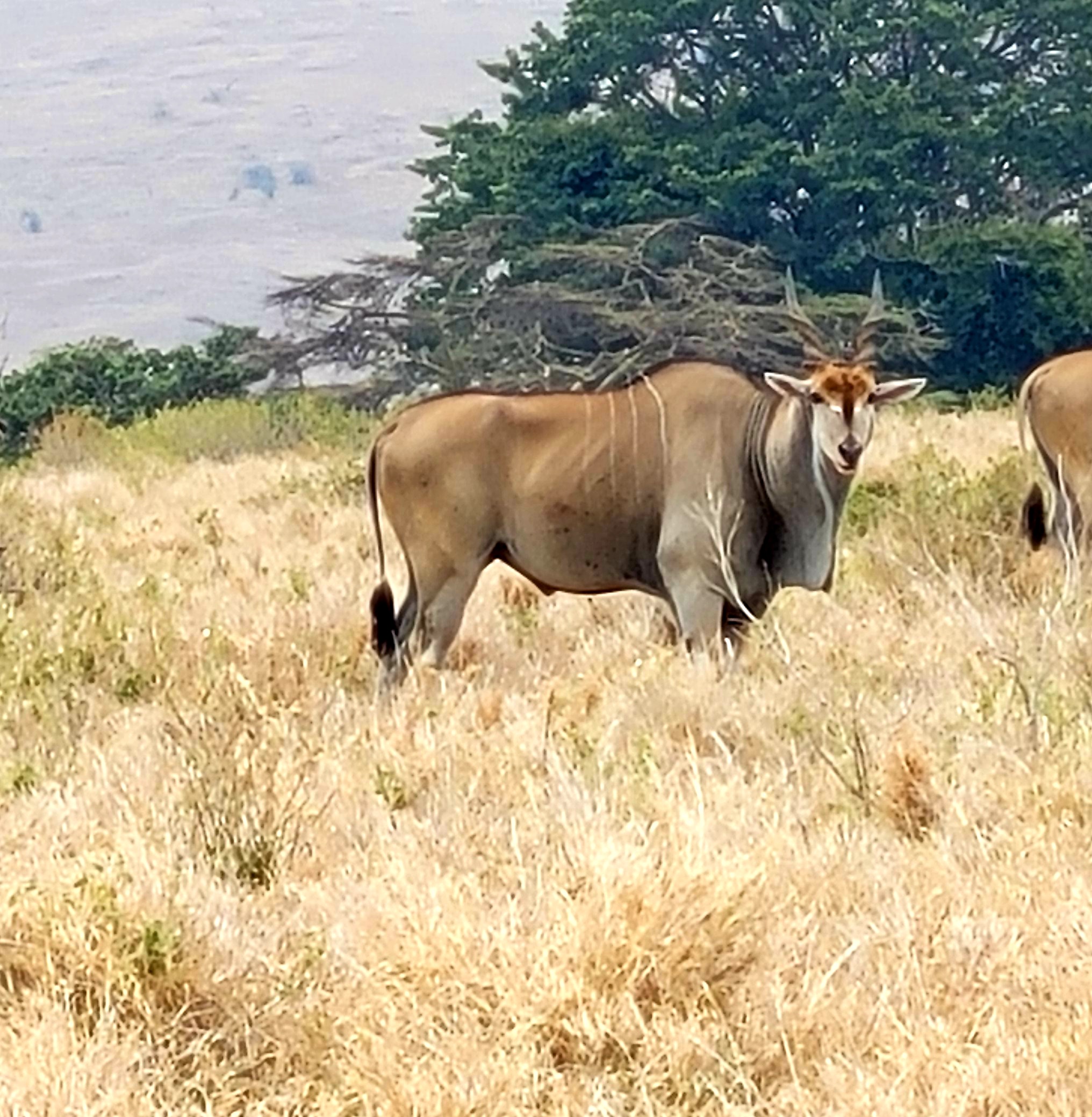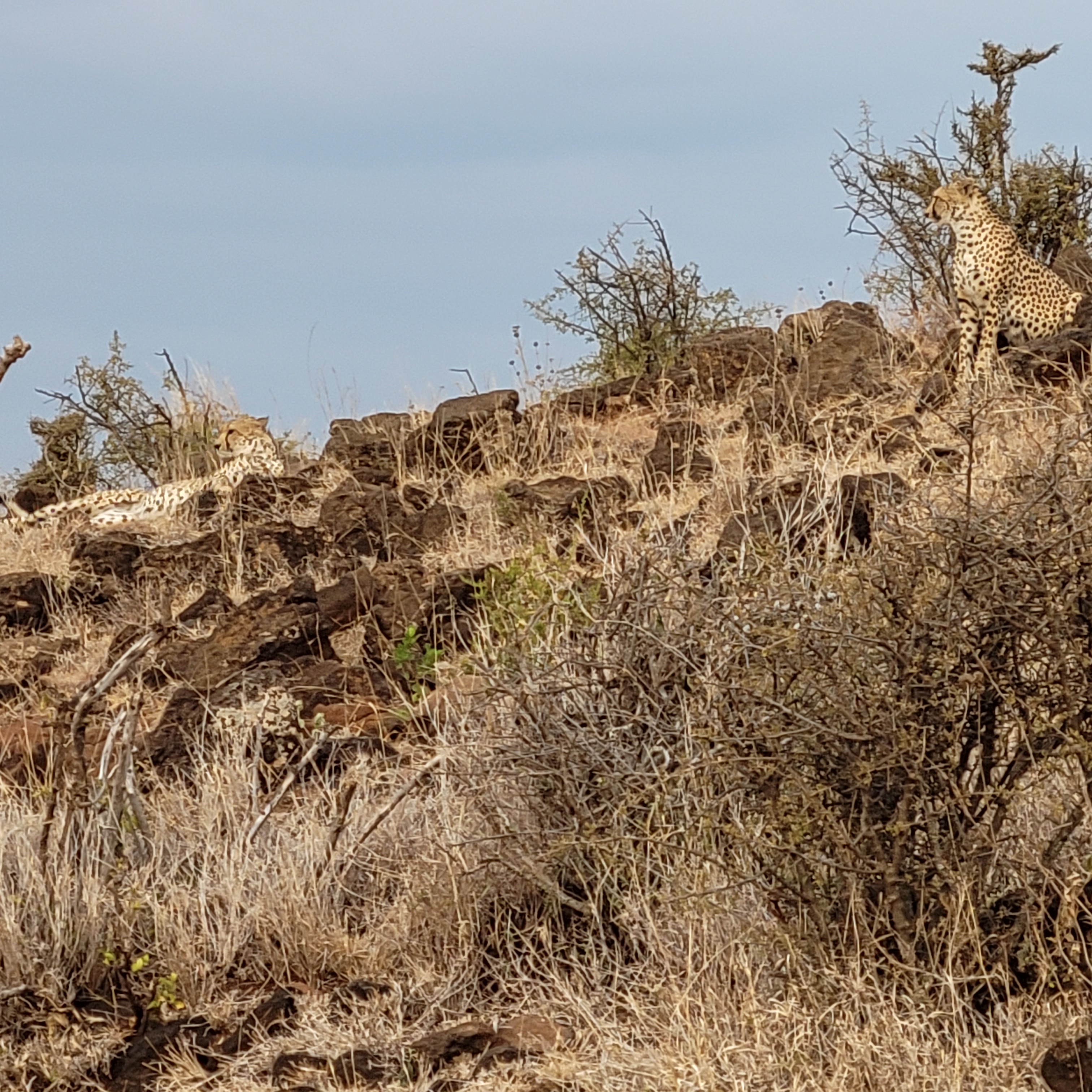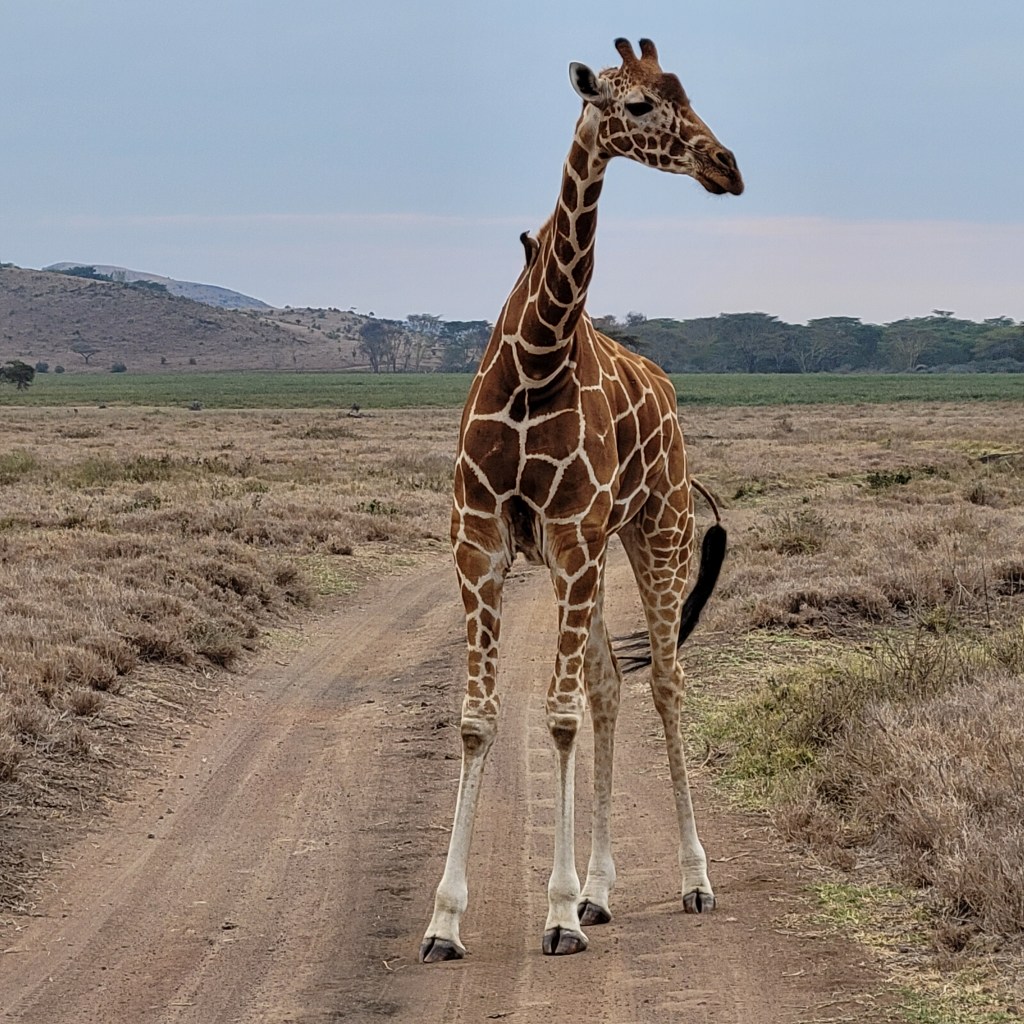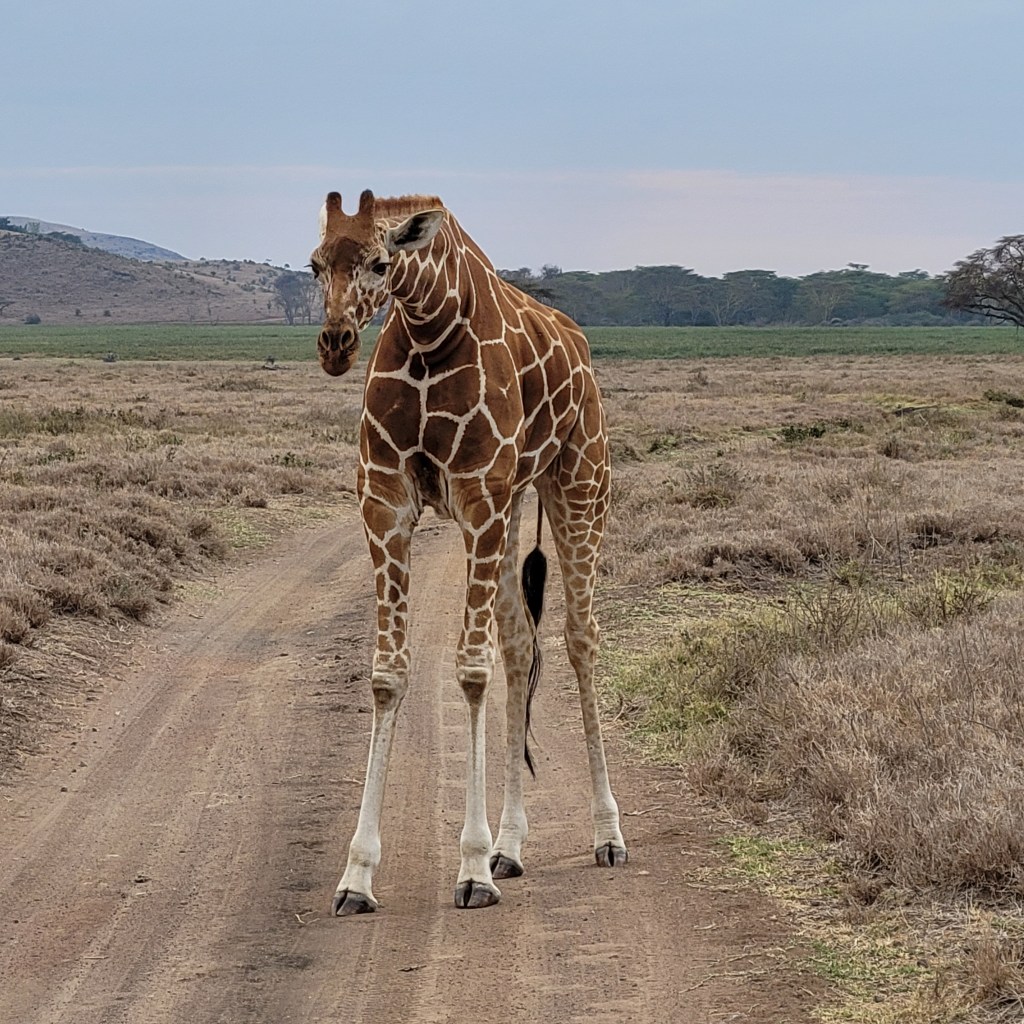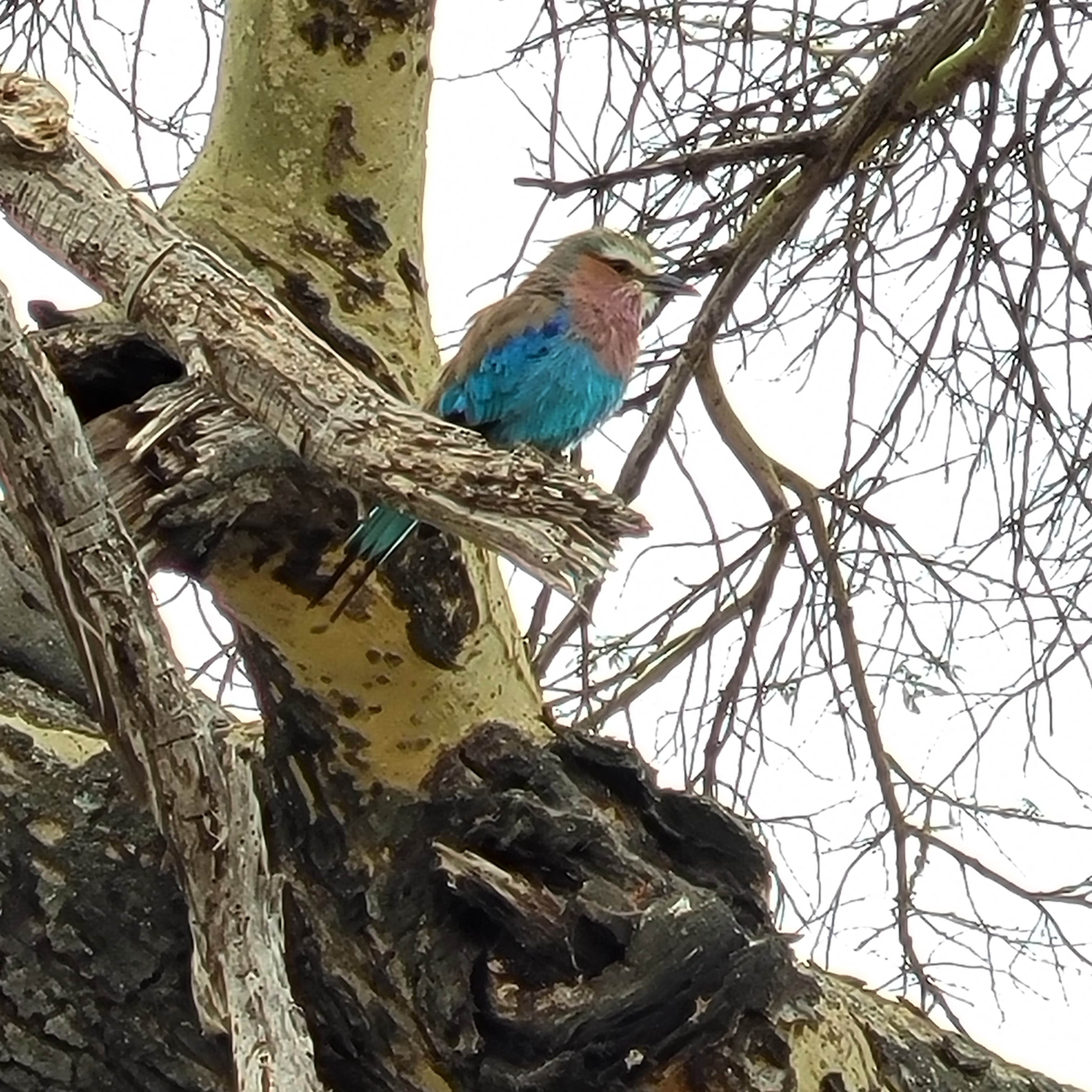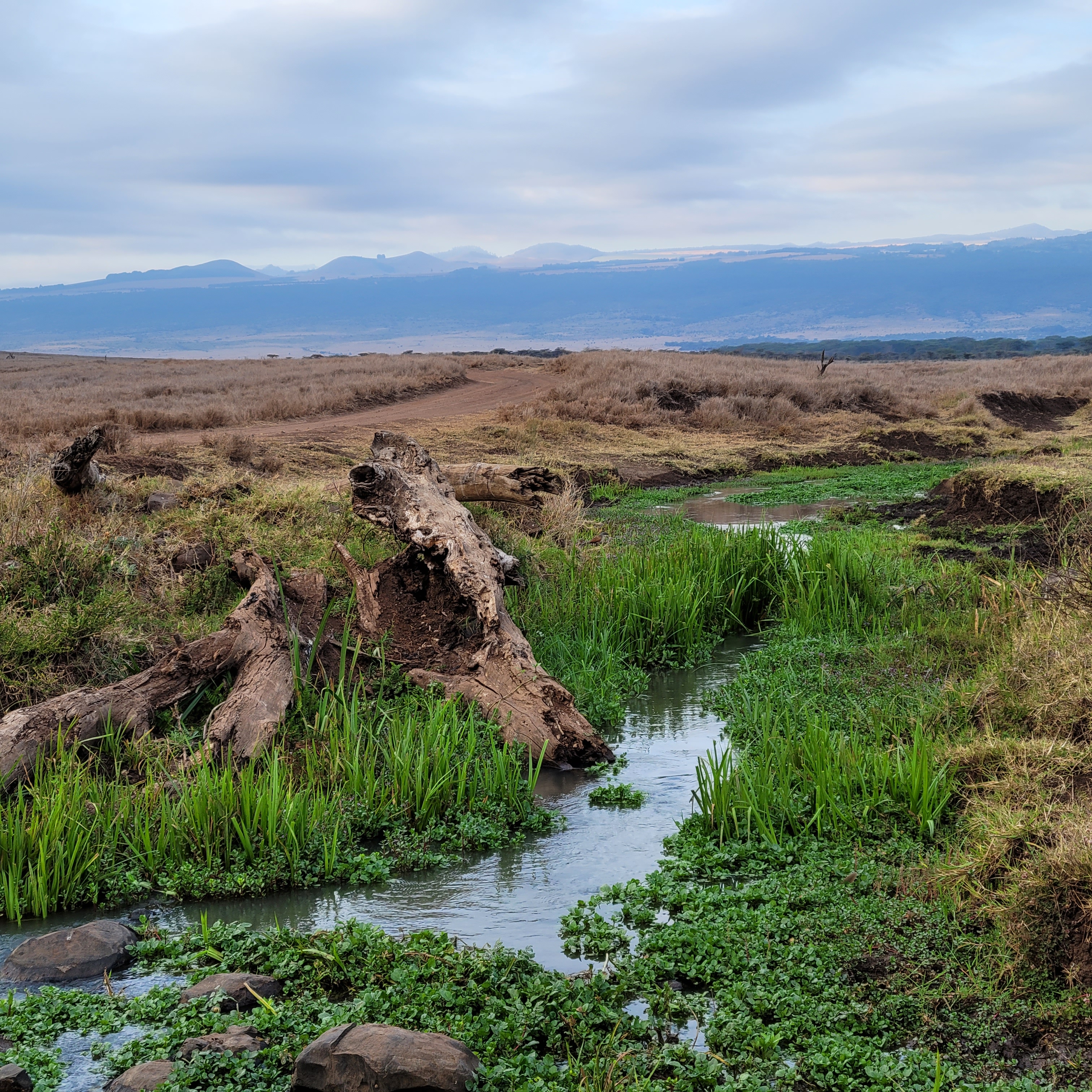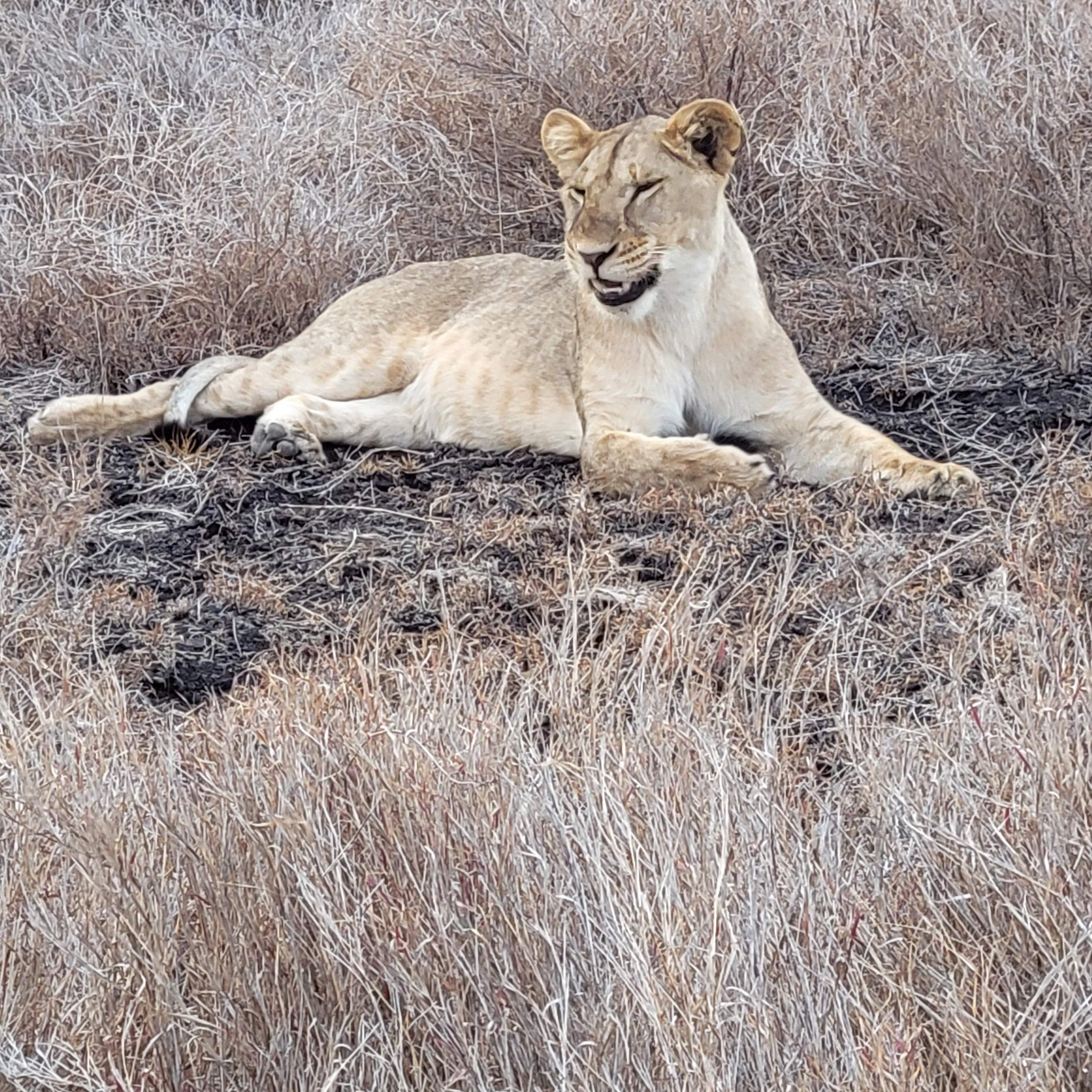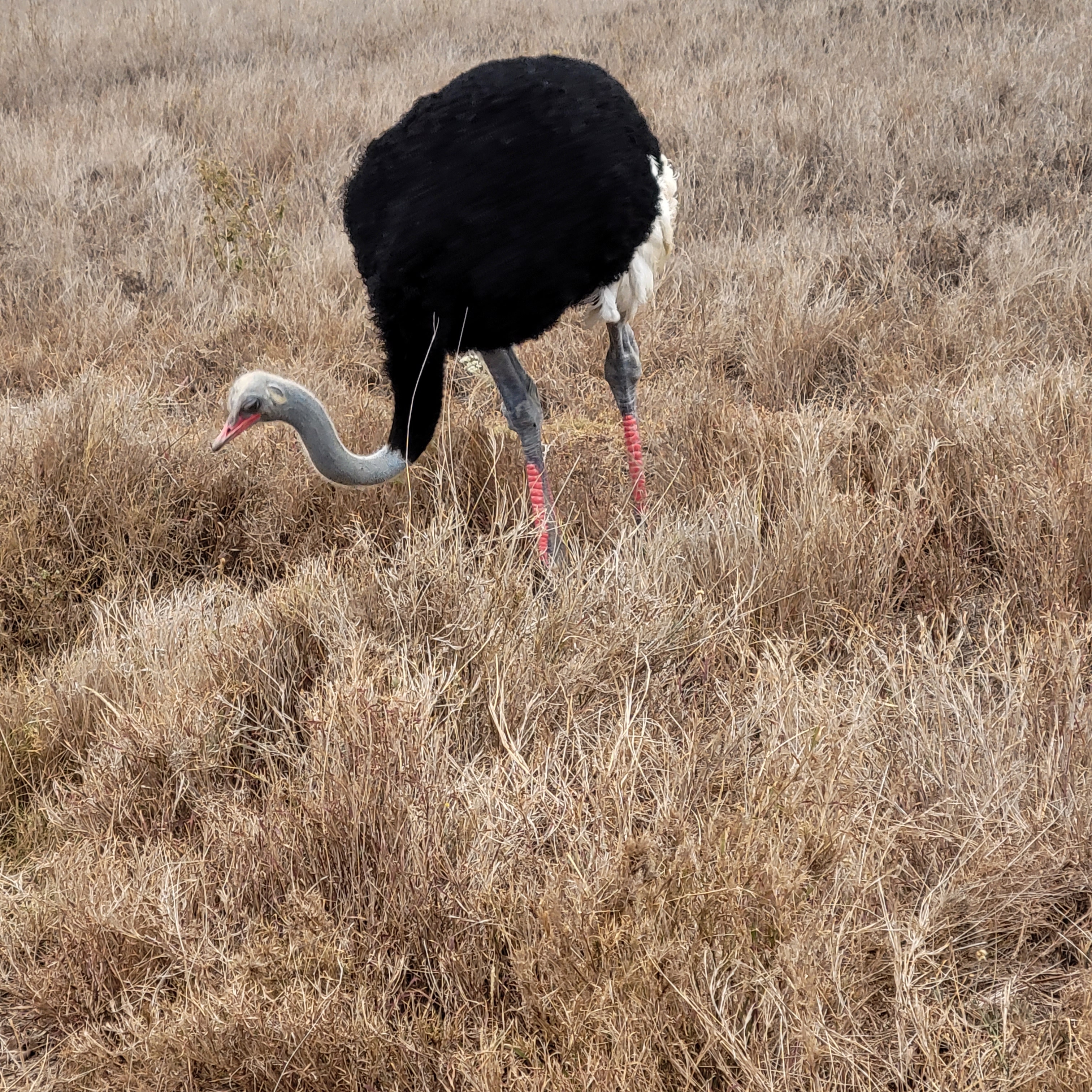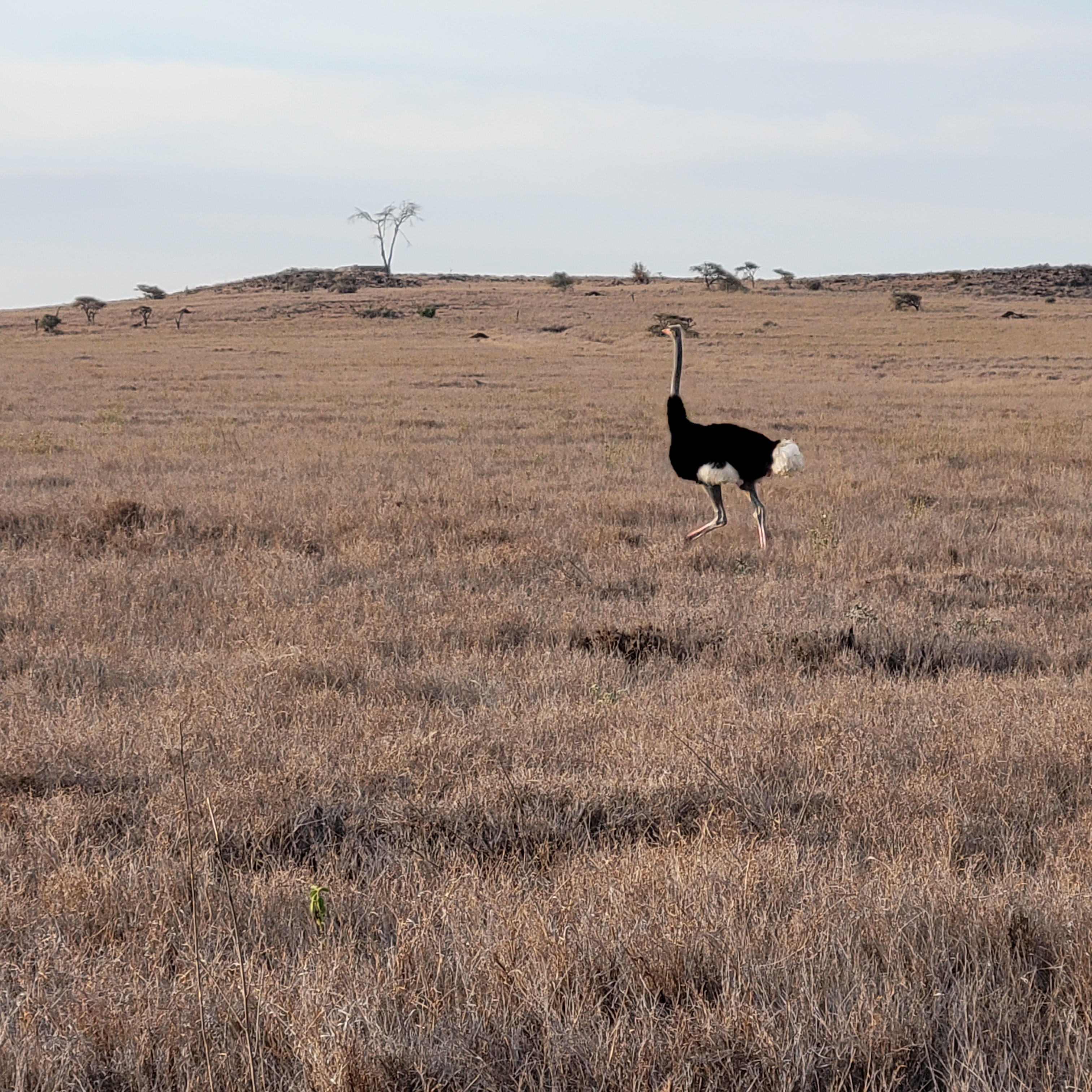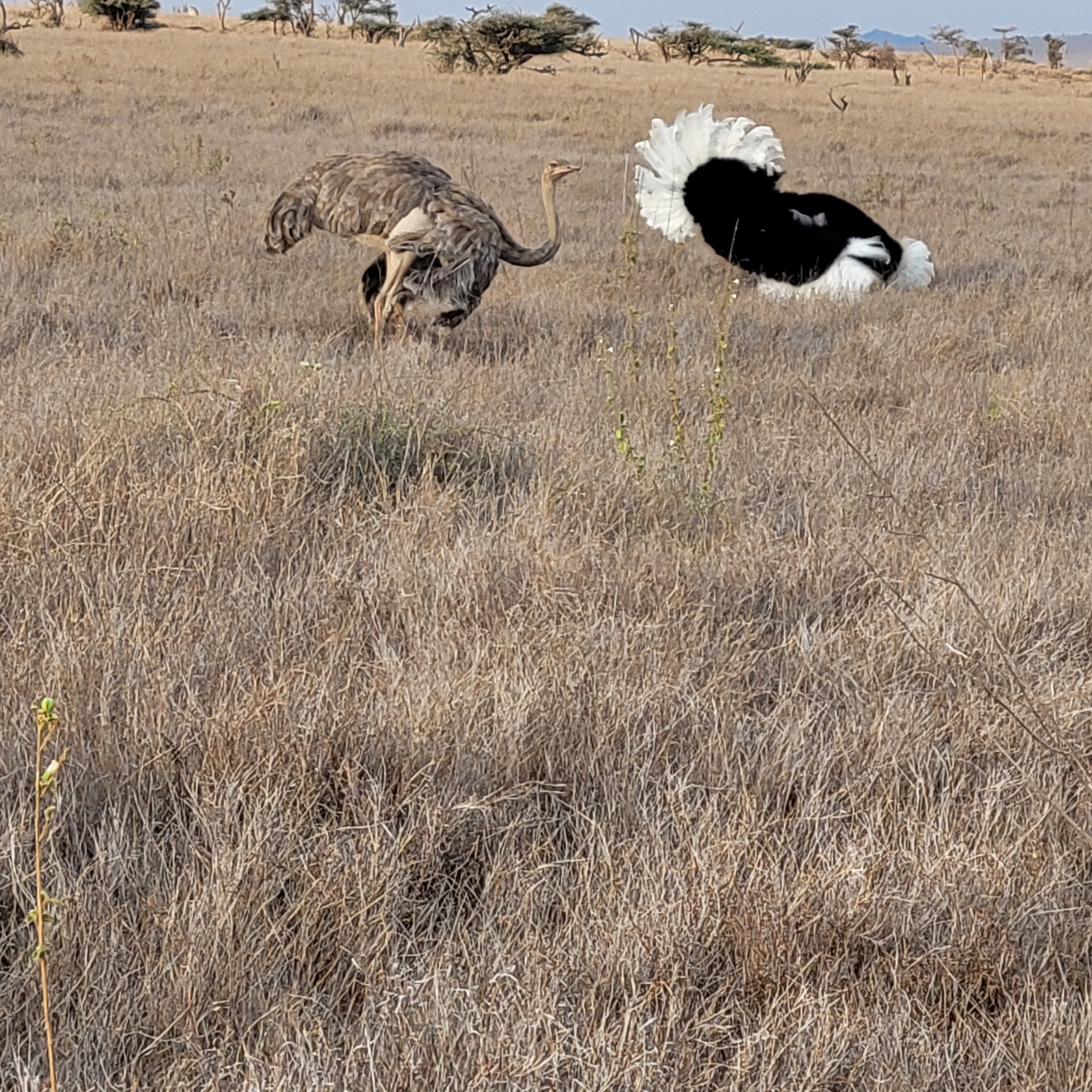Previously on CharliExplores, Rene, my dear friend and travel partner extraordinaire, and I experienced the incredible Great Migration!!! We learned about and witnessed the vast herds of wildebeests, zebras, impala and more, traveling hundreds of miles, sharing the same pastures and all on the same mission – to follow the rains and find greener pastures. We viewed a living snapshot of this continuous cycle of the herds moving from the savannahs of the Tanzanian Serengeti to the vast Masai Mara grasslands of Kenya to graze for a few short months. Then they will turn around to make the 600 mile trip back to the Serengeti to breed, calve, and prepare to repeat the cycle next year. We observed the stalking of the predators and the stampeding of the prey. We witnessed life on the plains of Africa. We, in fact, !!!WENT ON SAFARI!!!
Now, on to Cardamom House
Part of our Audley Travel package was a few days of R&R before heading home. We bid a fond farewell to our wonderful guide and friend, Moikai, and the Masai Mara National Preserve,

And headed to Vipingo – vēpēngō, Kenya. The small village and tiny airport of Vipingo are located on the beautiful Kenyan coast of the Indian Ocean, near the Kenyan/Tanzanian boarder. Upon our arrival, Rene and I were taken to Cardamom House – a lovely, eco-friendly resort.
To say that there was a distinct contrast, between where we had just spent the last seven days and this resort, would be the understatement of the millennium! We had just been dropped into the lap of luxury!!!

This resort just opened at the beginning of the summer. It is built on a huge, ancient coral reef that now rises high above the adjacent ocean. The large, old trees and the surrounding rock formations were beautifully incorporated into the resort’s design.

* Remember, you can tap on the photos to enlarge them.

Looking down 
Looking up 
A close-up of the old coral bed wall! Beautiful!
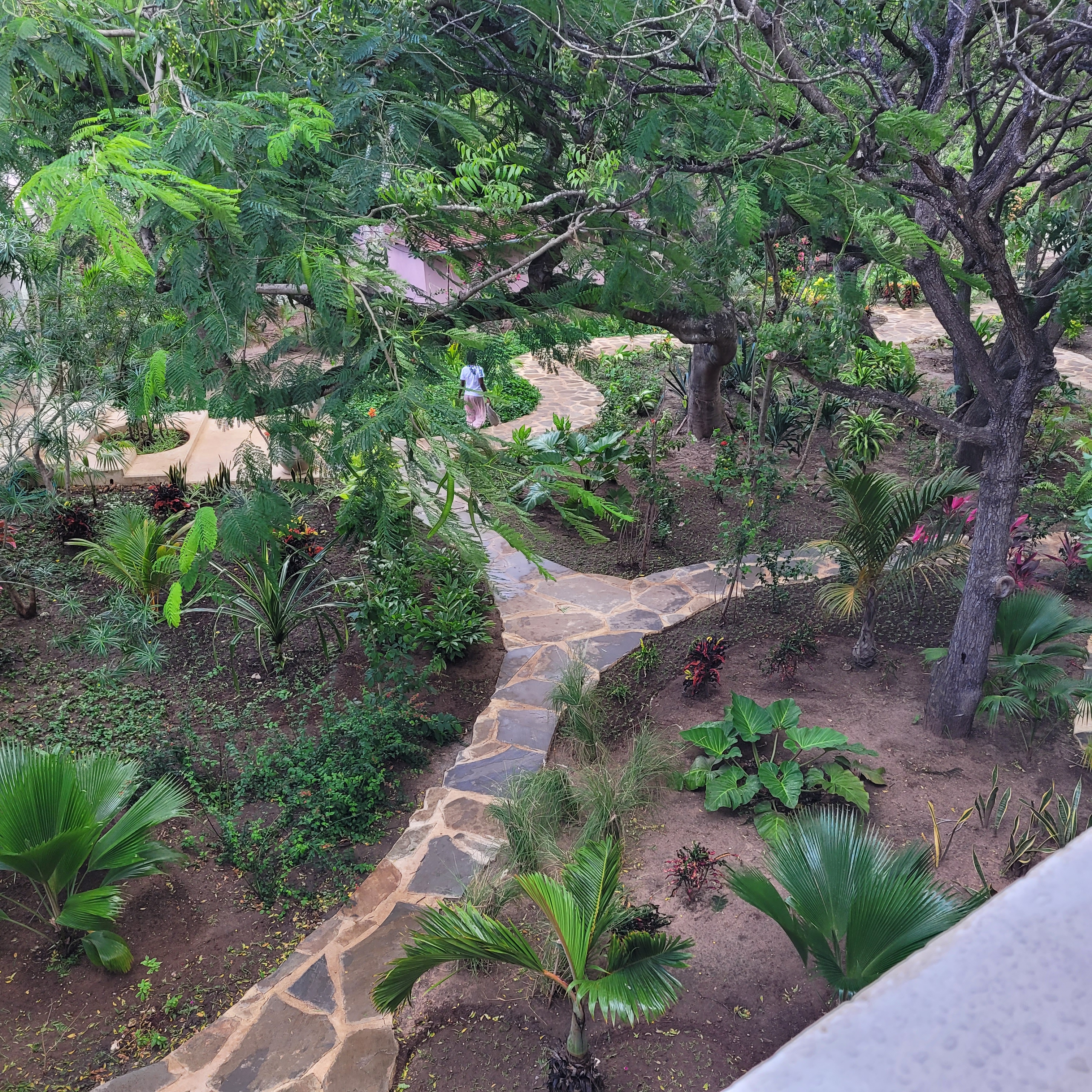
Reticulated giraffe patterned paths 
The dining area
Our room was above on the left.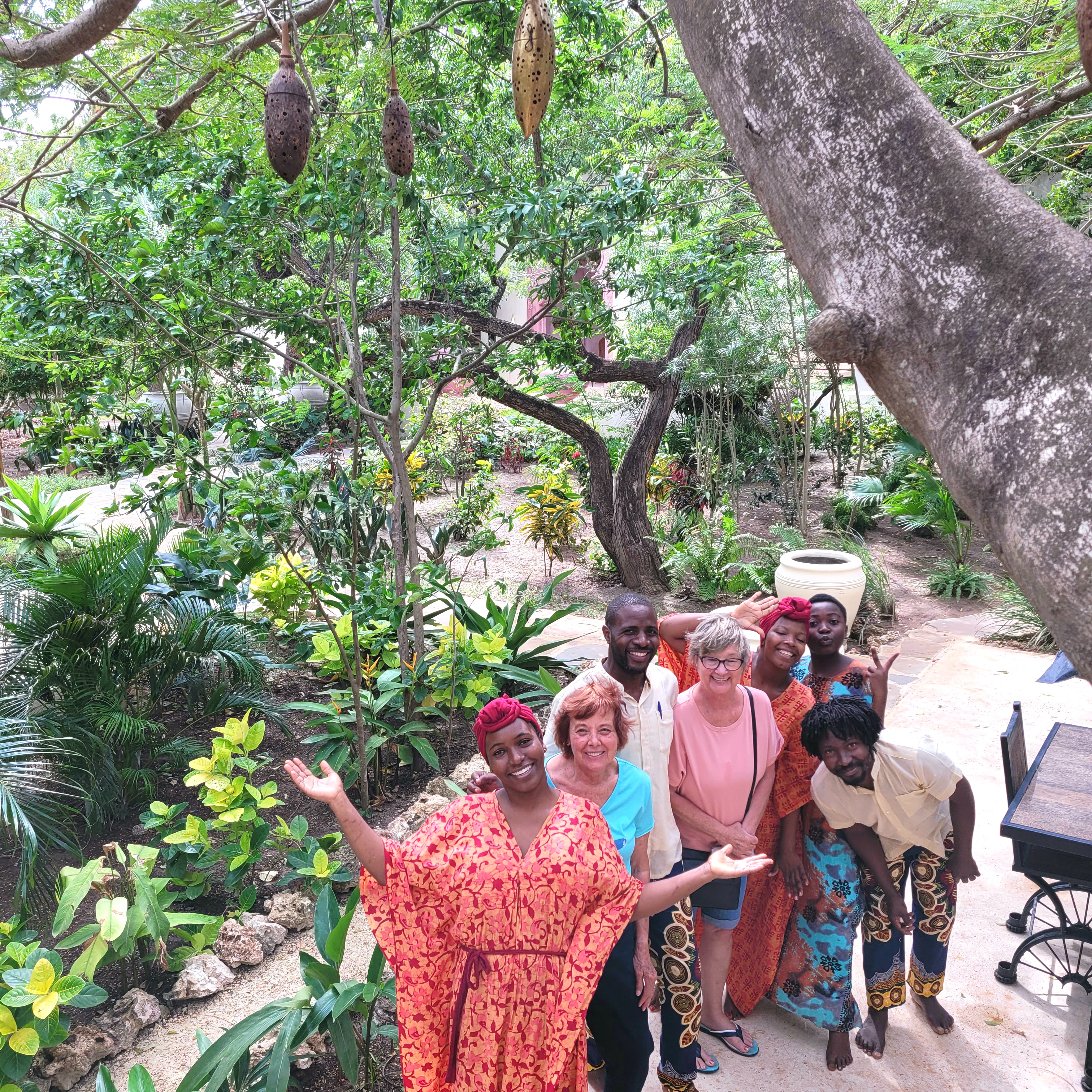
Awesome Staff

This is an internet image of a baobab tree. 
Chandeliers crafted from baobab fruit

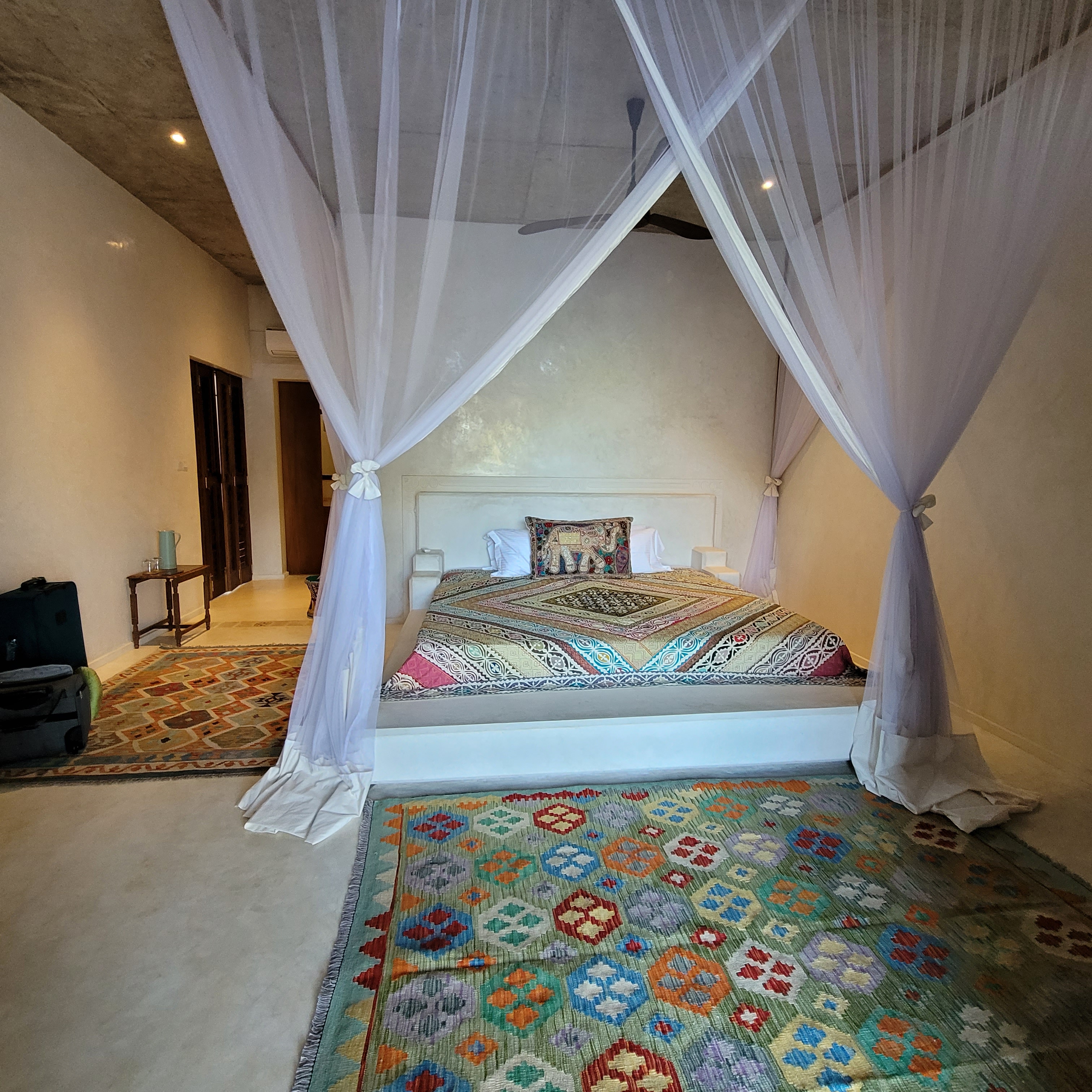
A far cry from our camp beds! 
Now this is a bathtub! 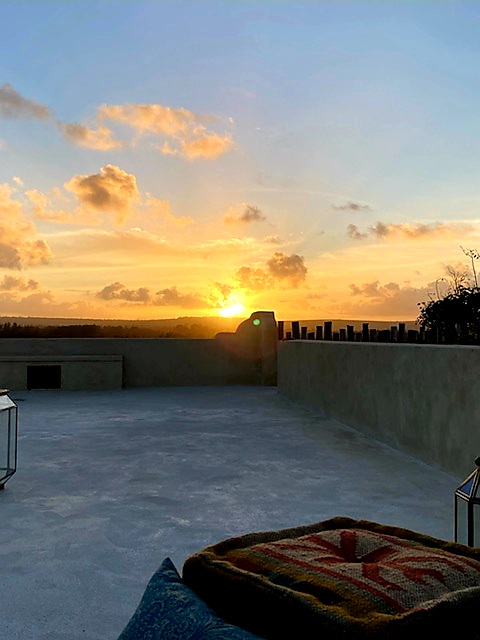
Our personal rooftop patio 
It doesn’t get much better than this! 
Ready for Sundowners!
By the time we checked in and toured this piece of heaven, it was just about sunset, and you know what that means in Africa – the lovely practice of Sundowners!!!
Before I go on, let me introduce you to Baraka, our waiter, driver, Swahili teacher, and our friend at Cardamom House. His funny sense of humor and delightful personality were the icing on this delectable Cardamom cake!

*A funny story – kind of: On our first exploration of the rooftop patio, we were greeted by the horrifying sight below, OMG!!!!!

Baraka was with us and rapidly explained that it was just rubber and this one, and others, were placed around to keep the monkeys away. A huge relief and good to know, but still, it was pretty unnerving!
The snakes were completely forgotten when Baraka served our wine Up on the Roof!

The day after our arrival at Cardamom House, we decided we had to do some souvenir shopping! There had been little opportunity to do so on safari, and time was running short! We drove to Kilifi a town about two hours away. The towns are few and far between.

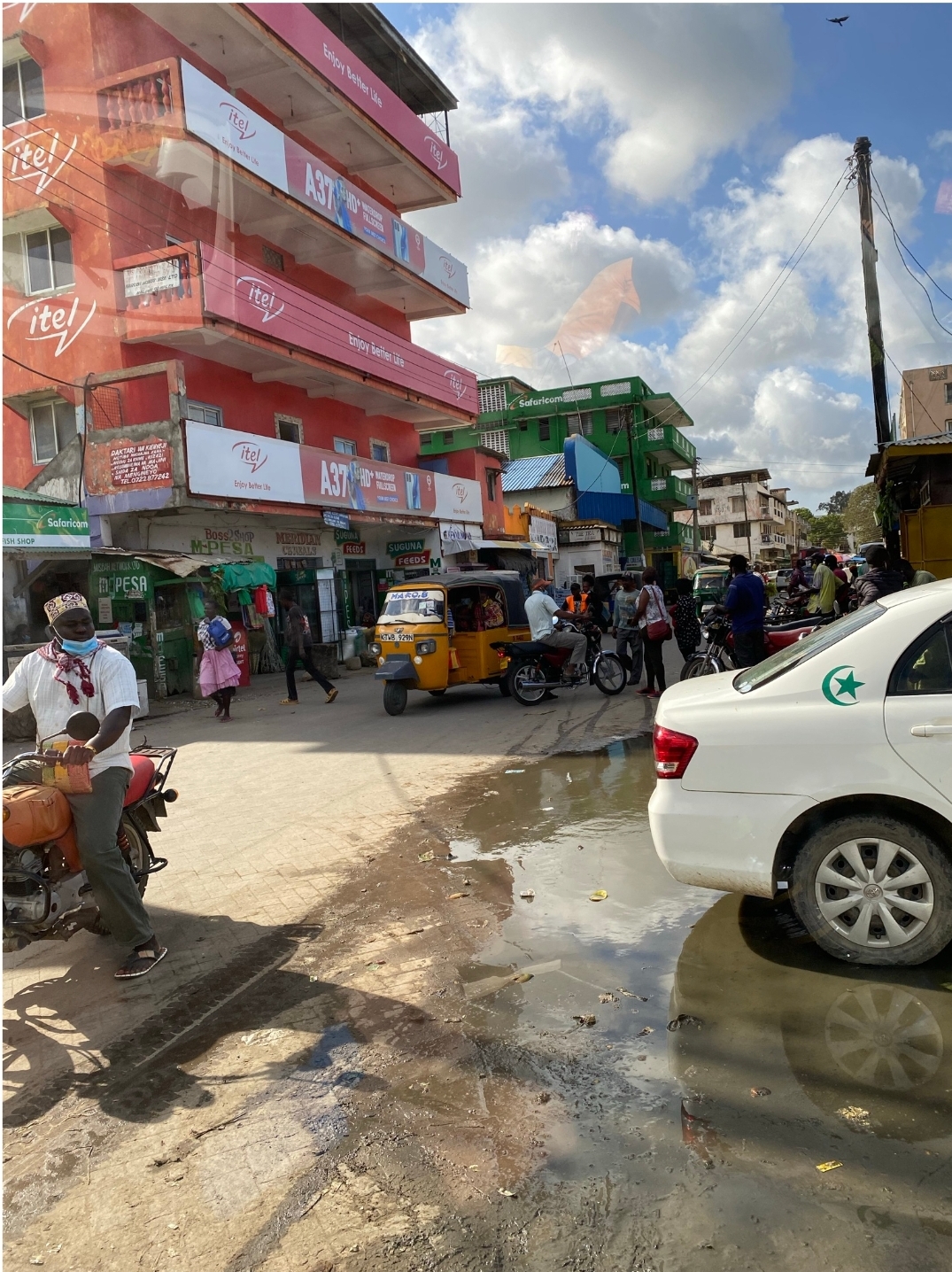

So much to choose from! 
Kilifi, a bustling place!
Thanks to Baraka, we found just what we wanted and – because he was a daunting haggler – we got everything at a great price, YAY! Thank you, Baraka!
We got back in time for a walk along the gorgeous beach behind the resort.

Part of the ancient reef 
Low tide along the old reef with great tide pools!
The next day, we spent the afternoon at Kuruwitu Beach where we went snorkeling on a protected coral reef.

*Full disclosure: I did not have an underwater camera, so, sadly, the underwater photos in this section, though taken in the area we were in, are not mine.

Although these urchins are very cool looking, they feed on coral algae. “Why is that an issue?” you might ask. Well let me explain. Coral algae are essential for growing and maintaining healthy coral reefs. When areas above coral reefs are overfished by humans, urchins tend to over populate and consume large amounts of the coral algae thus depleting the area of this valuable natural resource and, in turn, destroying the reefs. *In areas where overfishing is not an issue, neither are the urchins. It’s all in the balance!

As in the Masi Mara National Preserve and Lewa Conservancy of Kenya and throughout Africa, great effort is being made to restore what man has nearly destroyed.
Coral preserves, protected areas where fishing is restricted or prohibited, are being established along the coral reef systems to help rebuild and restore the reefs to their former glory.
On our snorkeling expedition, Rene and I observed the reef restoration in progress – we got to see a Coral Nursery! YUP, they are a real thing!
Small pieces of coral are attached to concrete tacks and nestled in the netting which is stretched across the beds. Here the baby coral are fed and nurtured until they are ready to be placed along the reef. It takes two years for a piece of coral to grow 2 to 3 inches! It is a painfully slow process. However, coral nurseries and coral preserves all over the world’s oceans are diligently pursuing this mission! Restoring healthy oceans – well worth their efforts!
* A relevant note: Scientist estimate that 50% – 80% of the Earth’s oxygen comes from our oceans!!! Seems that healthy oceans are vital to our existence! Something to keep in mind.
Rene and I snorkeled and explored taking in all the glory of the reef until both of us were thoroughly spent.
And then it was time to relax and refresh at the small seaside Kuruwitu restaurant.
Later we dined under the stars – our farewell dinner at our heaven away from home.

An Adventure of a Lifetime!!!h
* A frequently asked question about this trip is, “How was the food?” My response would be delicious, but if you are looking for a bit more detail, I would say, that a number of dishes made me think of Indian cuisine. But then there was a large variety with tuna salad wraps, ham and cheese omlets… an interesting and varried mix.
Below were a couple of the more unique dishes. The first is what they called a mango smoothie – more of a mango, kiwi pudding texture – filled with all kinds of seeds – dragon fruit seeds, almonds, sunflower and pumpkin seeds and others that I couldn’t identify, but the results were YUUUUUMMMMY!!! The second one is an octopus tower. Again, I do not know all that was in it, other than octopus, but there was not a crumb left on either of our plates, so that certainly speaks to the taste! One more thing I will say is that, generally speaking, the food was very healthy as well as detectable!
The next morning, we bid a very sad goodbye to our Cardamom House friends. This was the hardest farewell, partly because the staff here were all so fun and friendly, but also because it marked the end of our truly amazing journey.
Kwaheri (kwah hahrē) Kenya – Goodbye Goodbye, Kenya. We will never forget you!
*A final comment: I would like to thank Tom Wilkinson, our Audley Travel agent for his infinite patience during the year and a half planning and replanning of this trip. Covid greatly added to the difficulties of the trip, but Tom was determined to make it happen, to the point of having to completely change the entire itinerary two weeks before we were to leave! Cape Town shut down travel in and out so there was no way to get where we were supposed to go. Suddenly our whole trip was scrapped! Tom calmly said, we will figure it out. Two days later our entire trip was rewritten, rebooked, and back on schedule. Instead of going to South Africa and Victoria Falls, we were going to Kenya to experience the Great Migration. Thanks to his Hurculean efforts we did go on safari and had the adventure of our lives!! Tom went above and far beyond in making this trip happen, and Rene and I are eternally grateful to him. Thank you again, Tom Wilkinson and Audley Travel!
Thus ends the final chapter of Rene’s and my African Safari Adventures. We hope to travel again soon and hope you’ll join us when we do.



